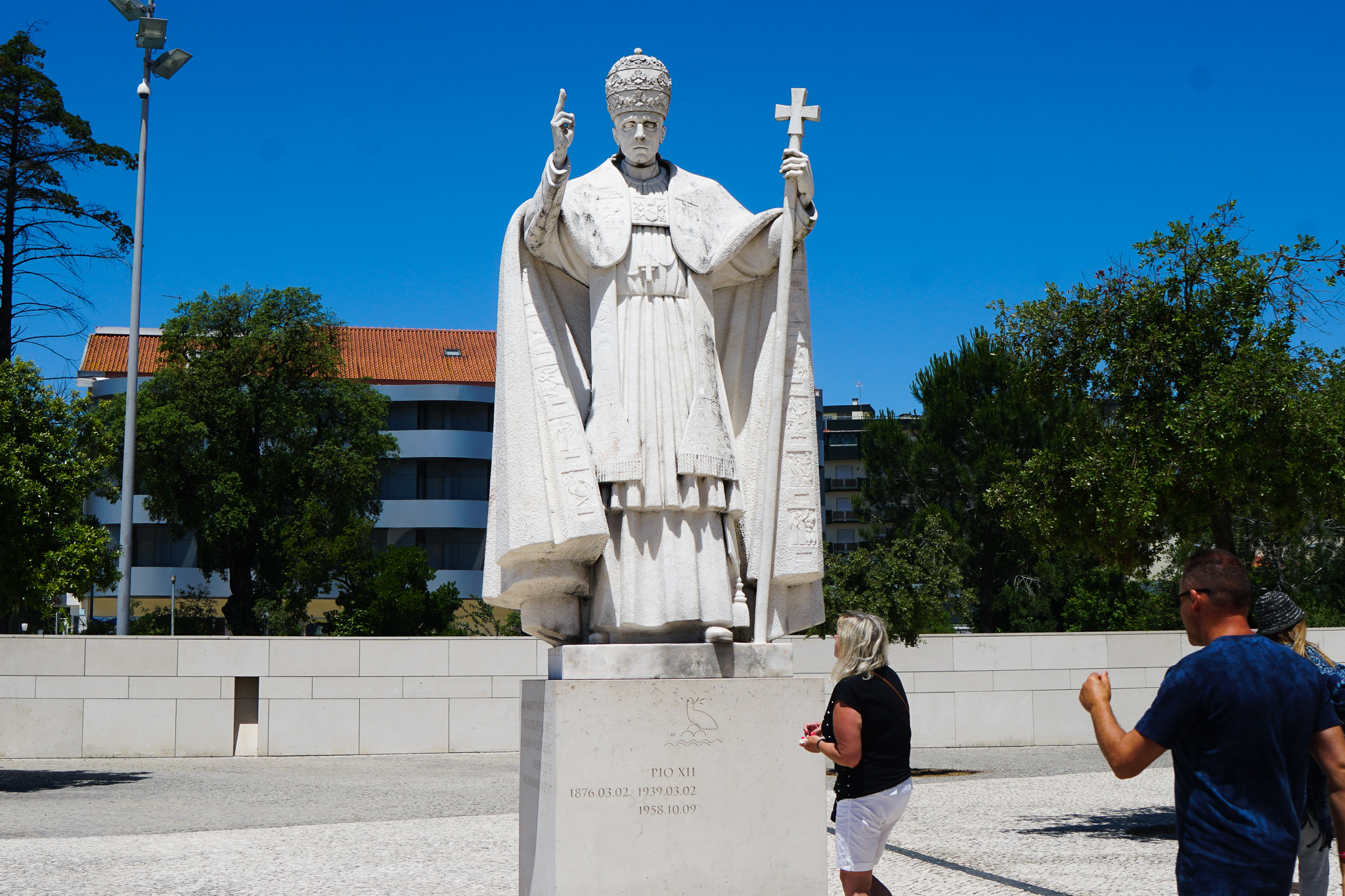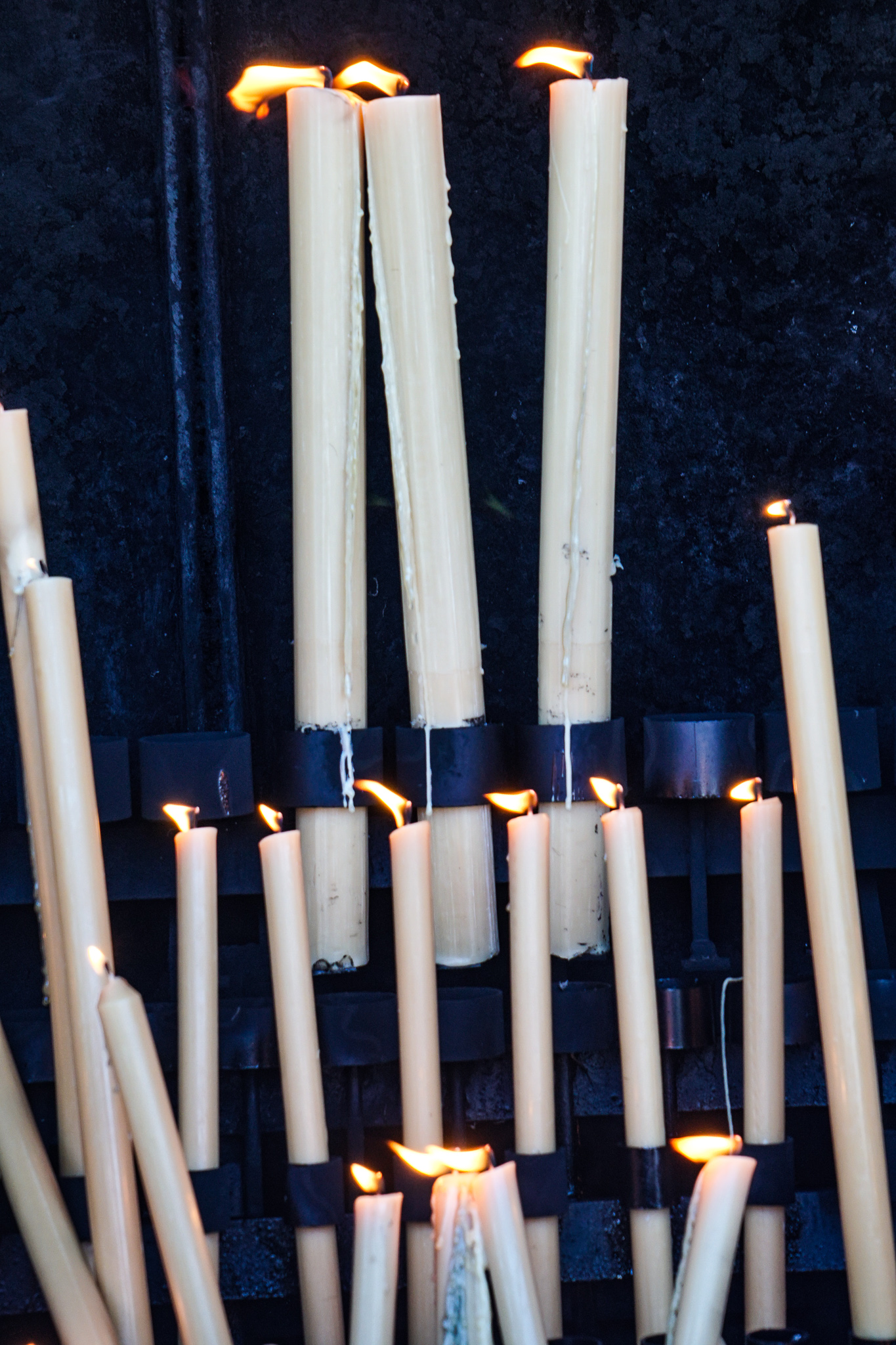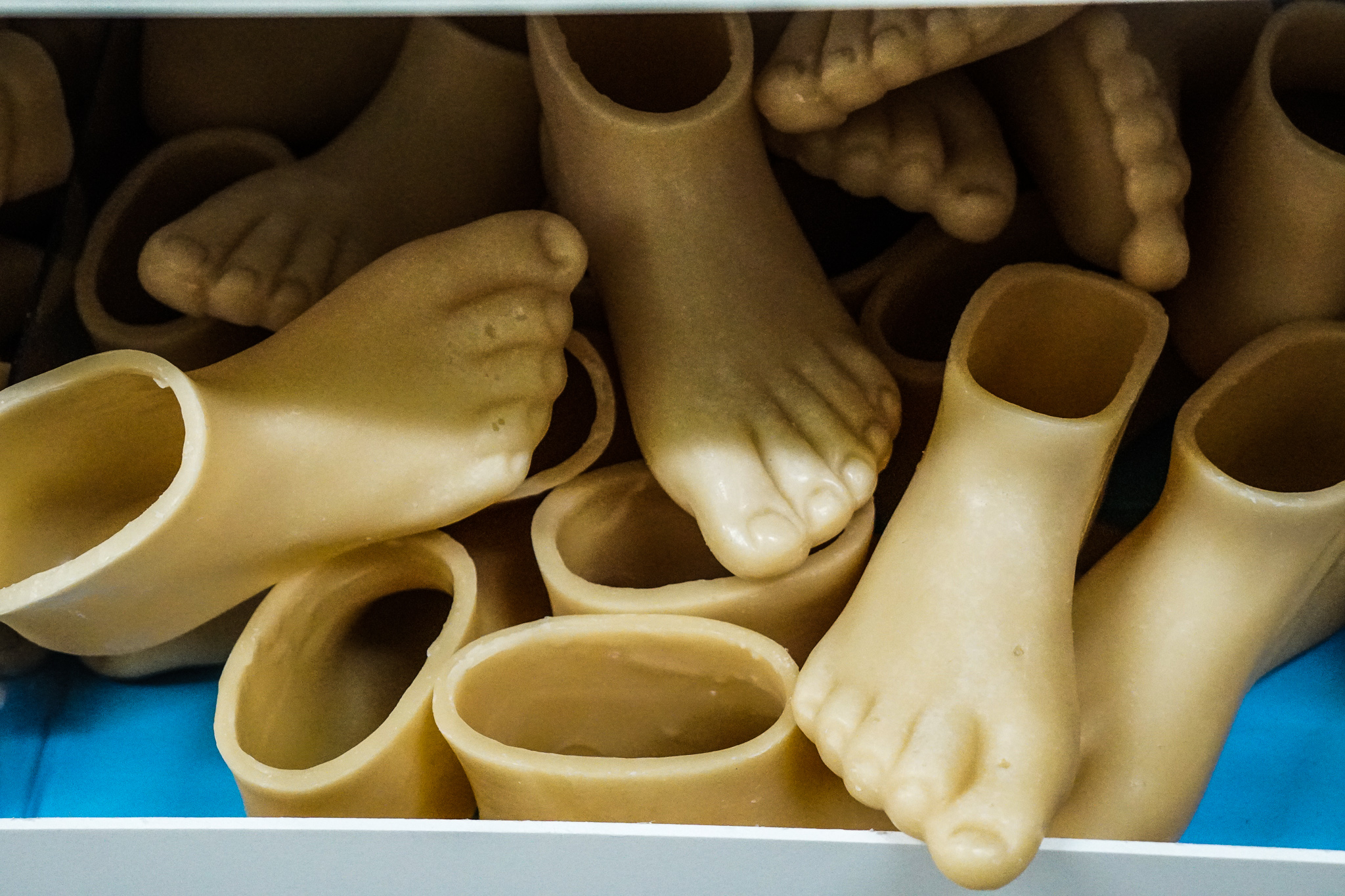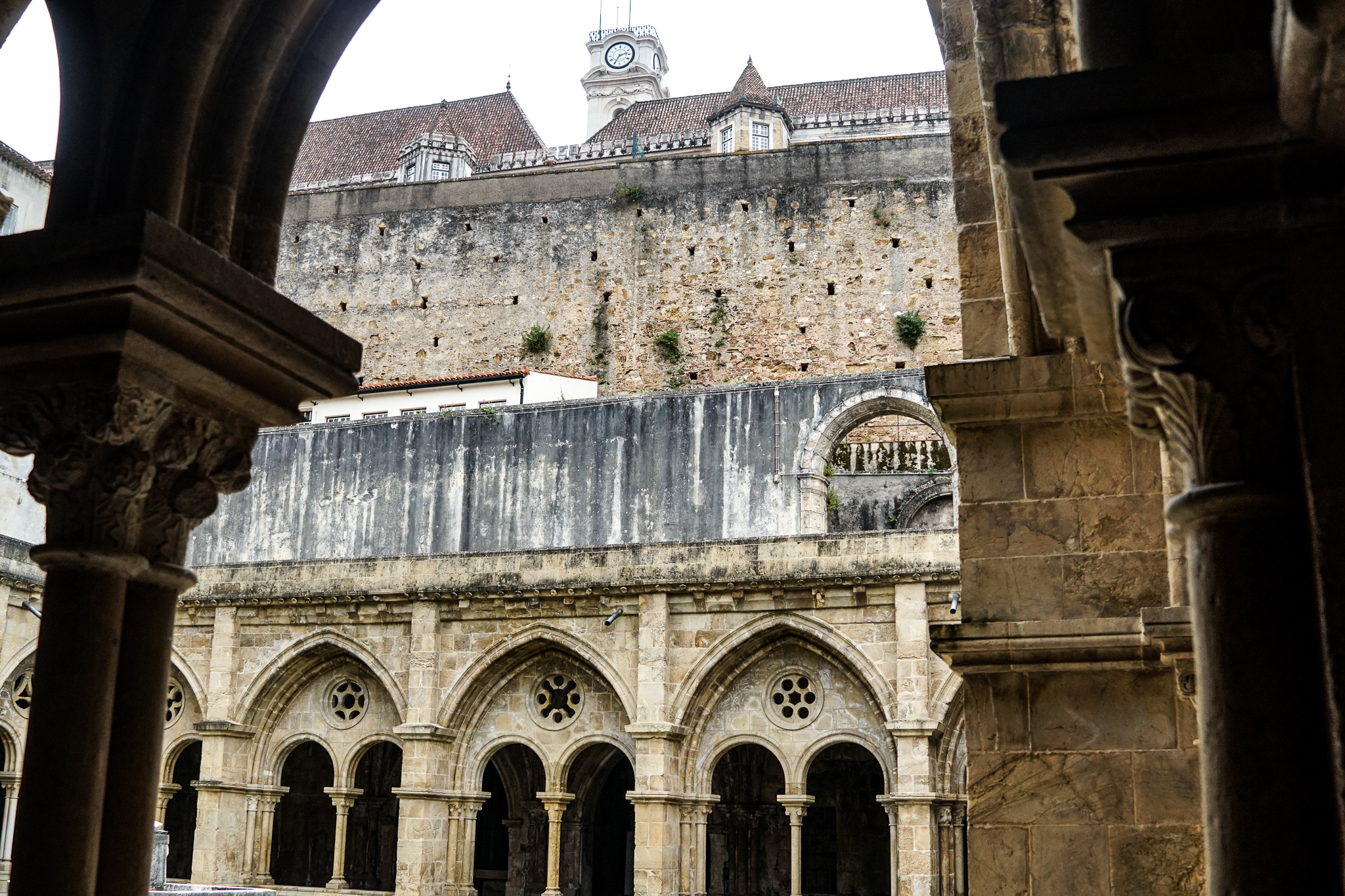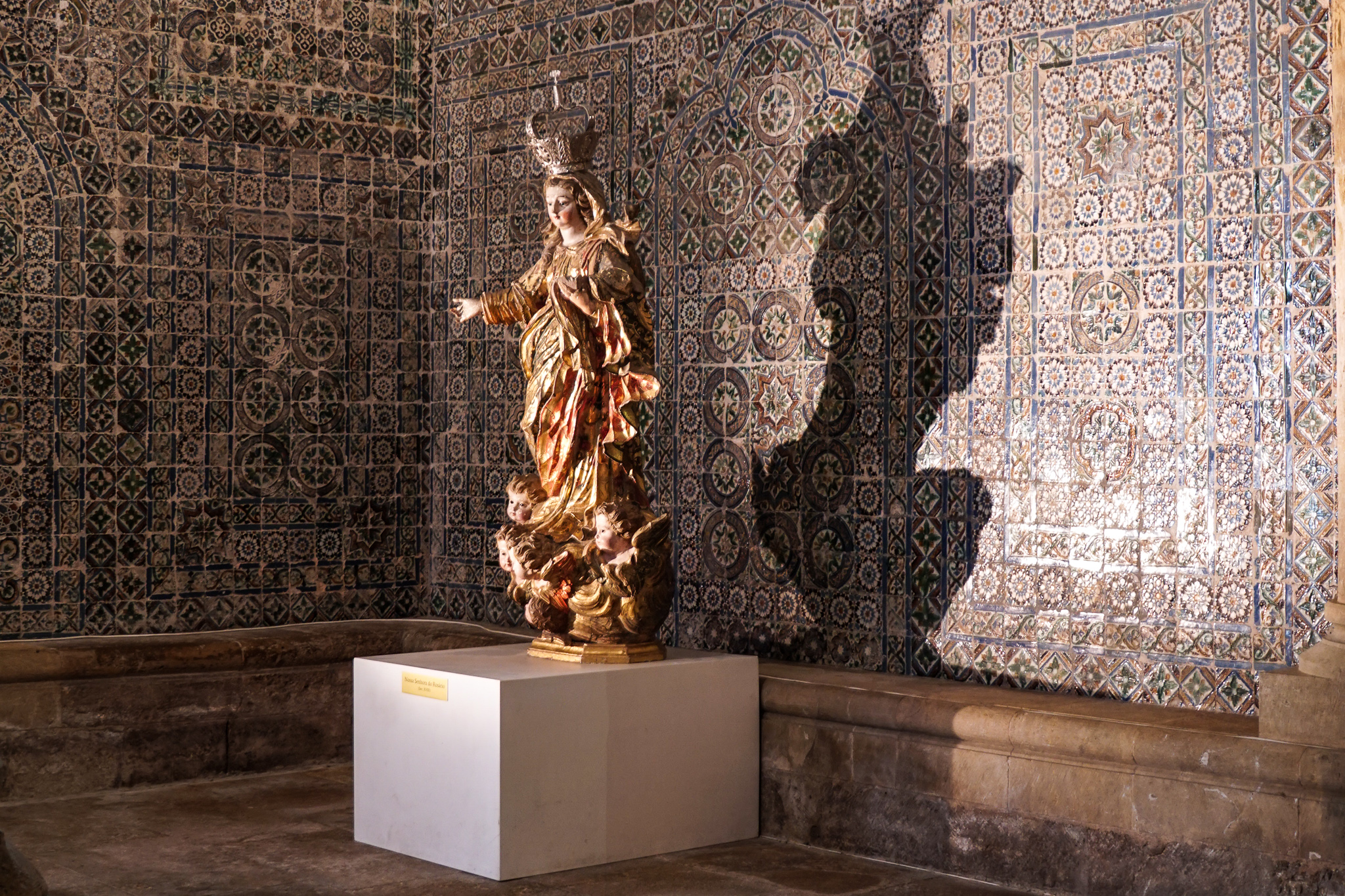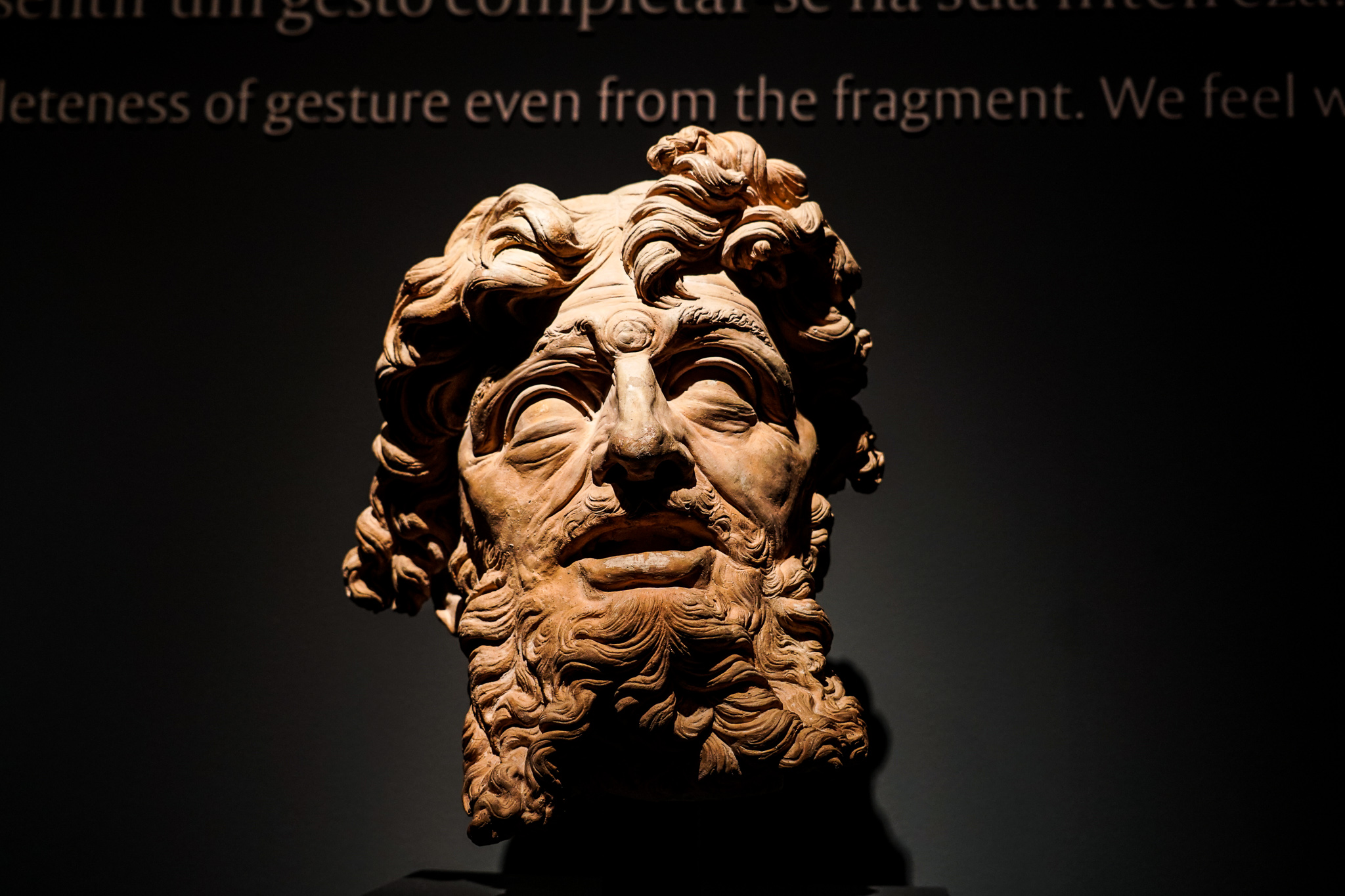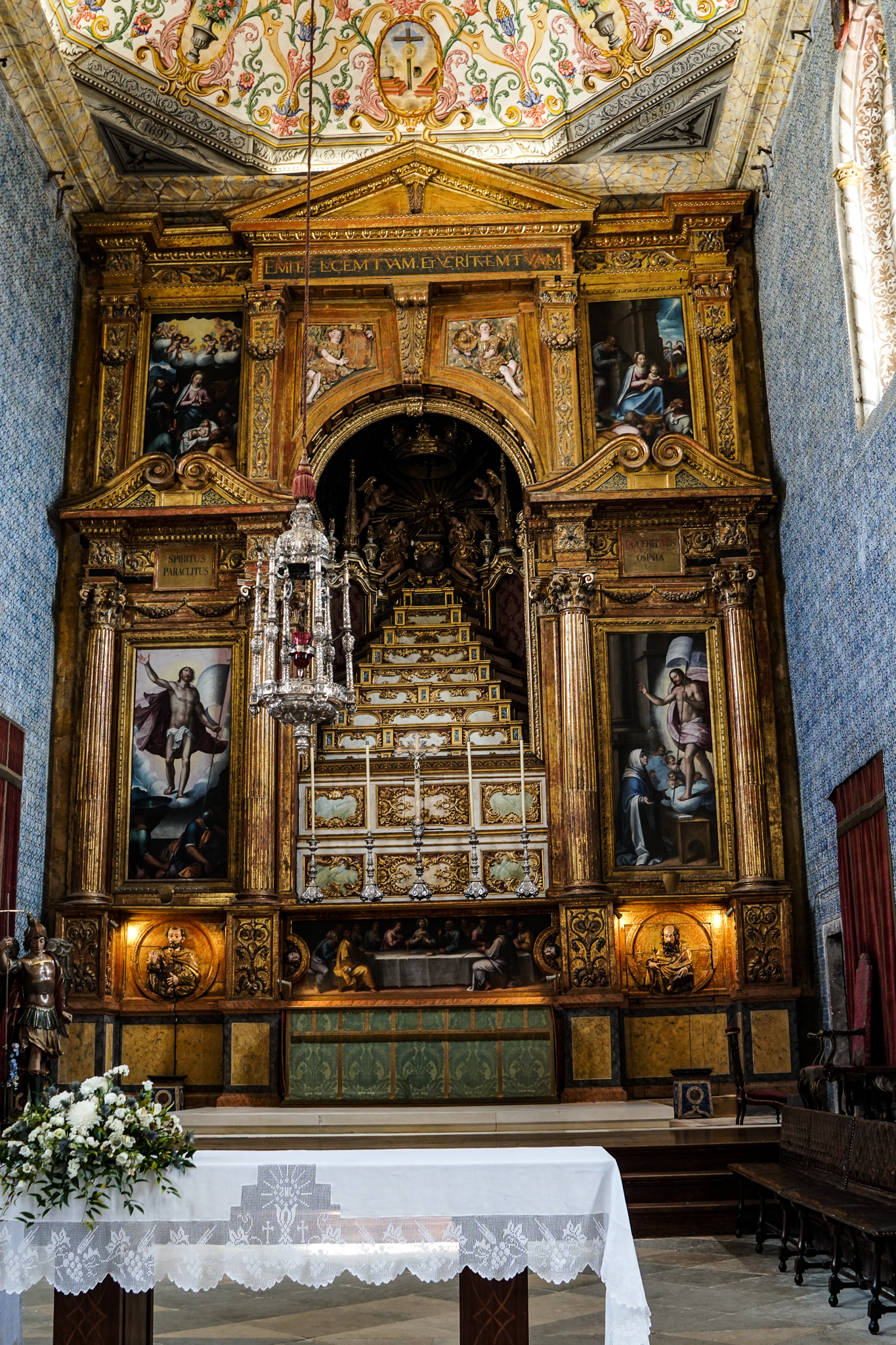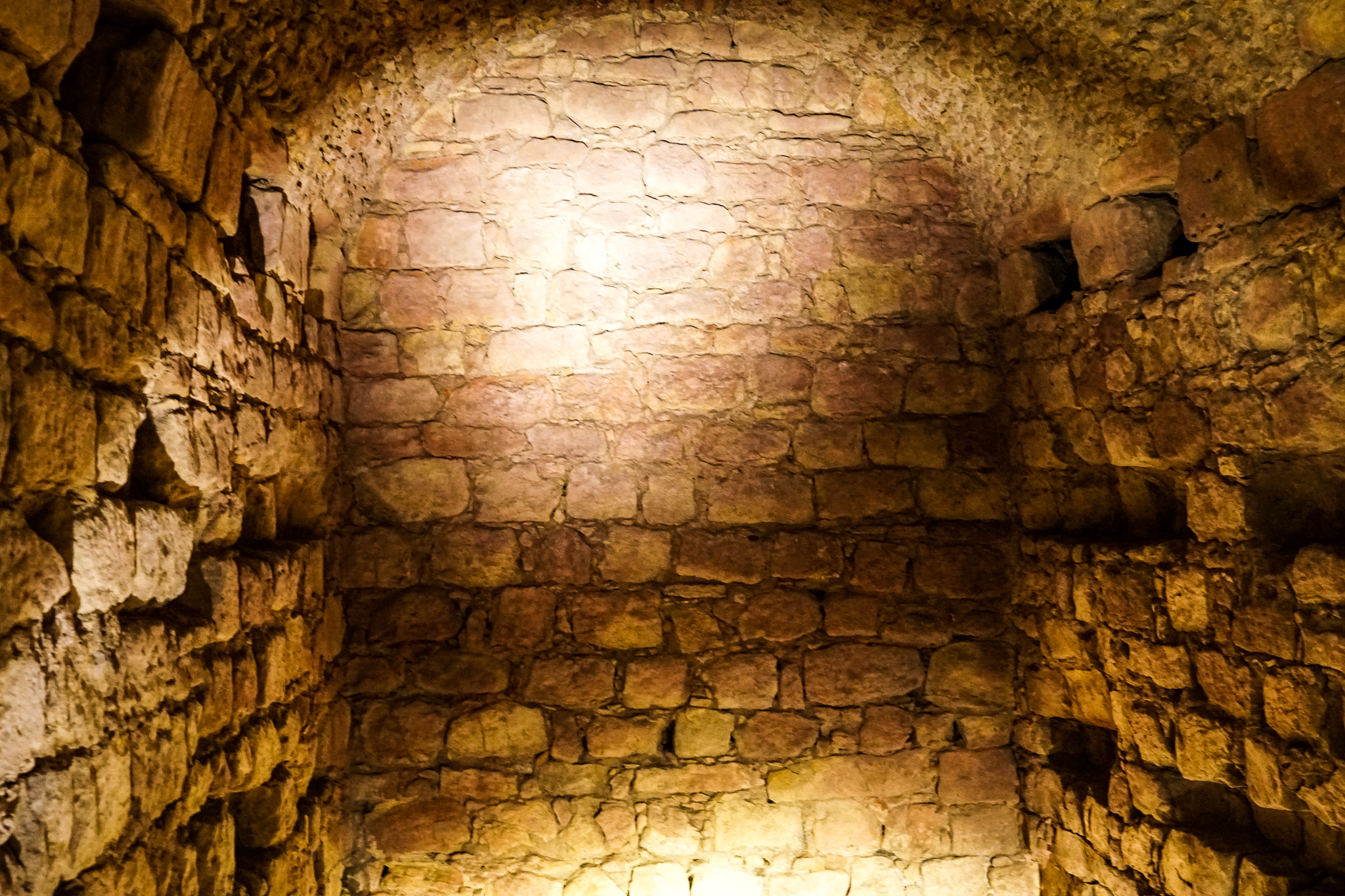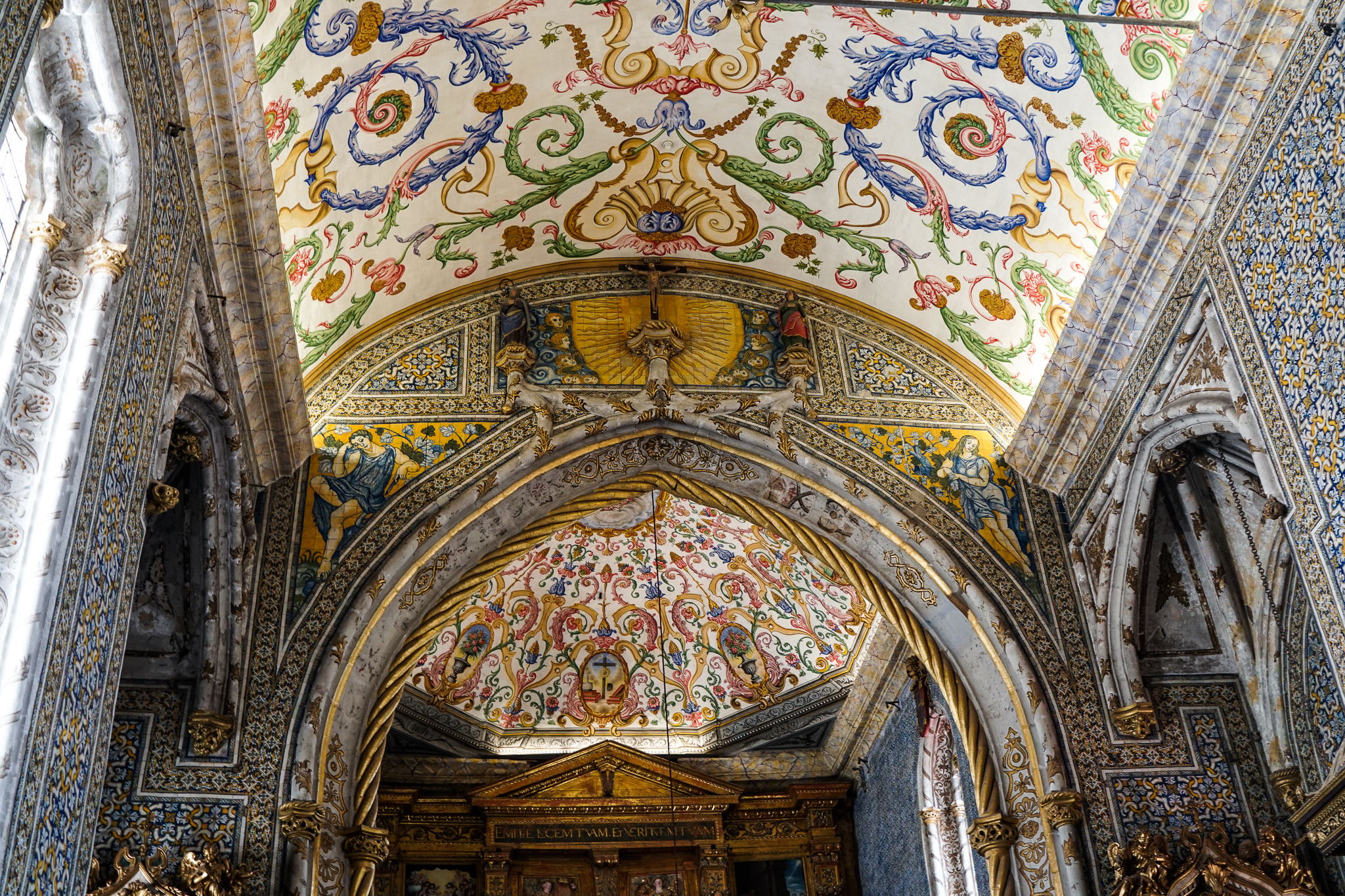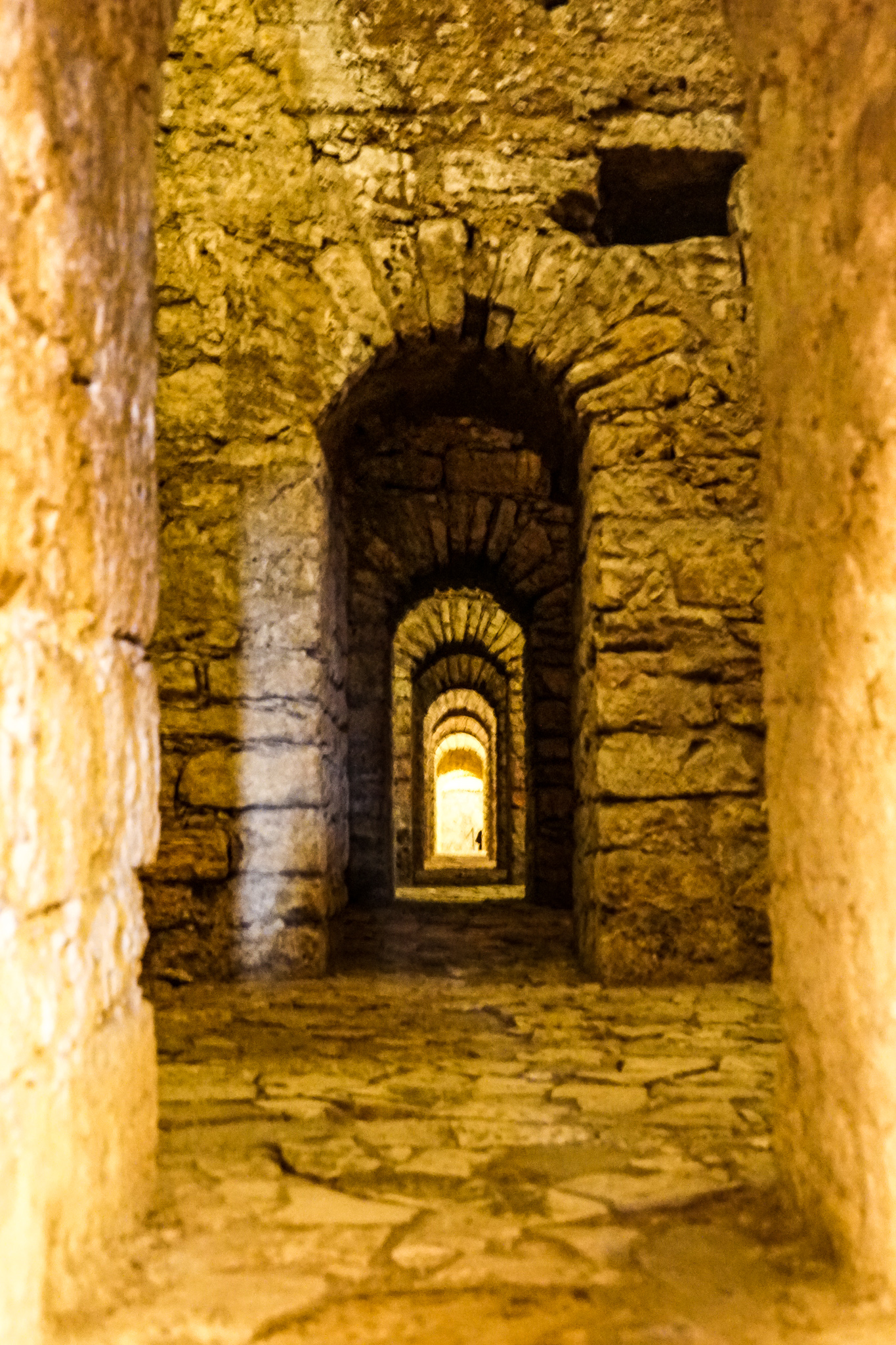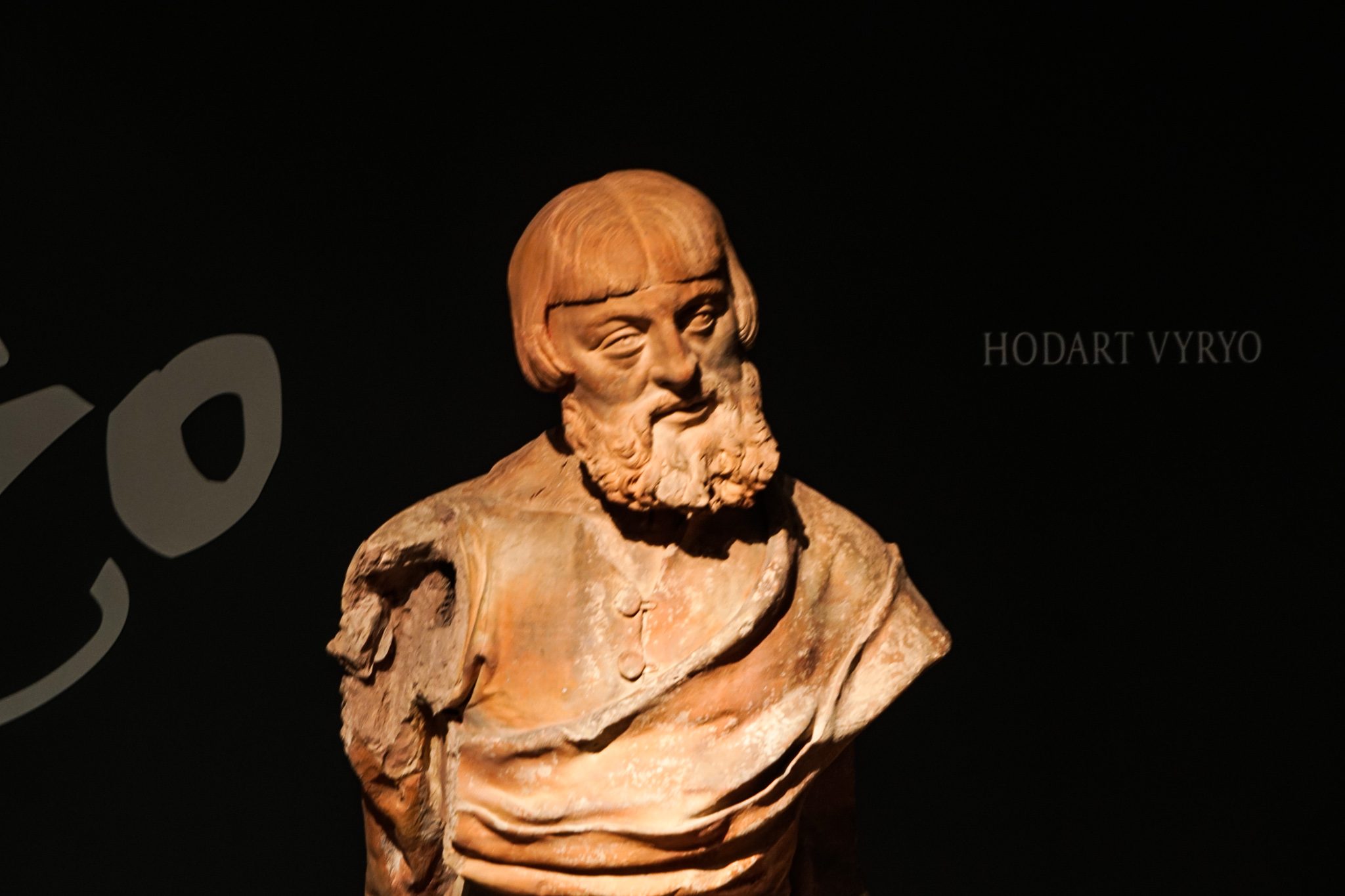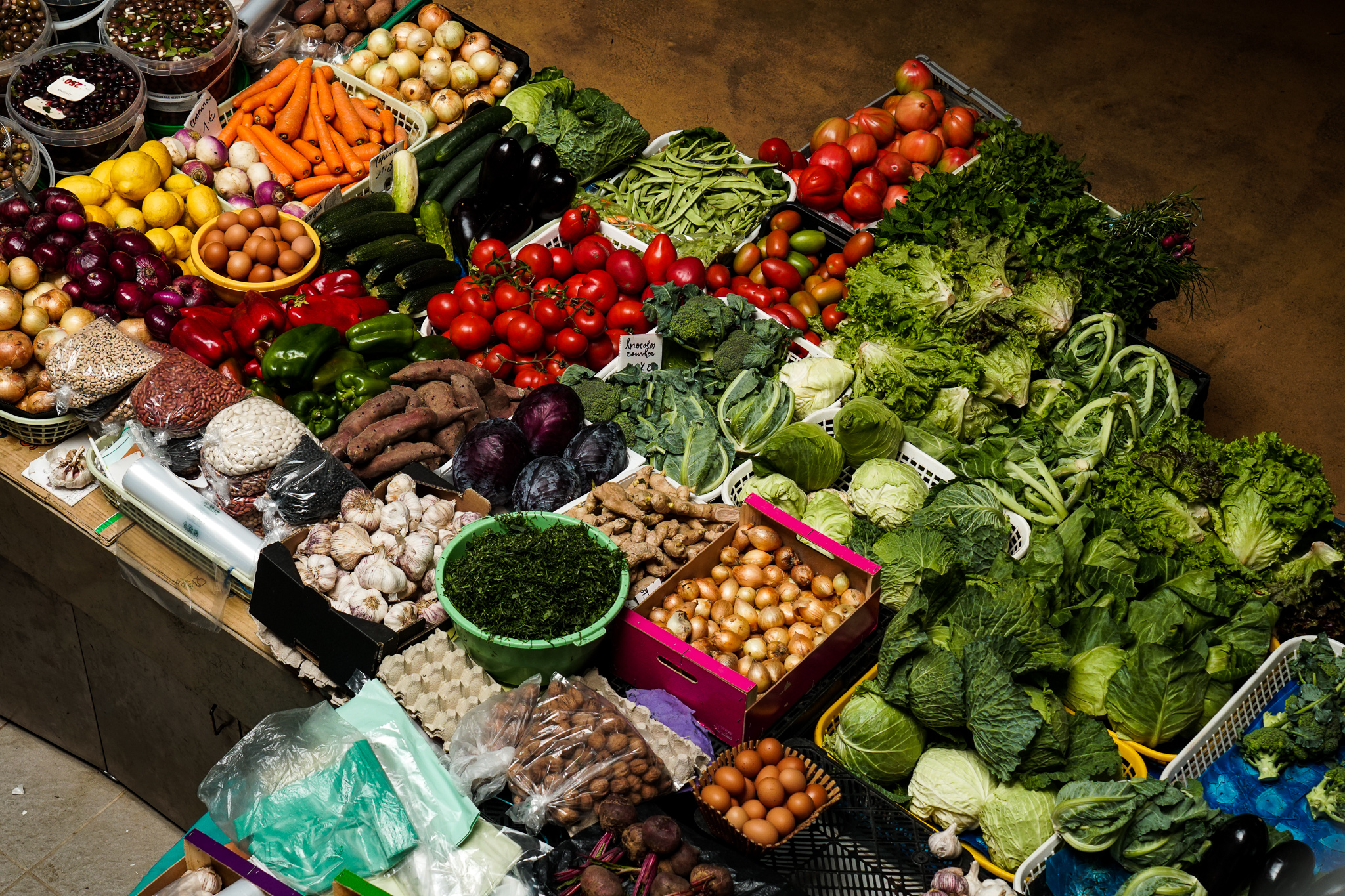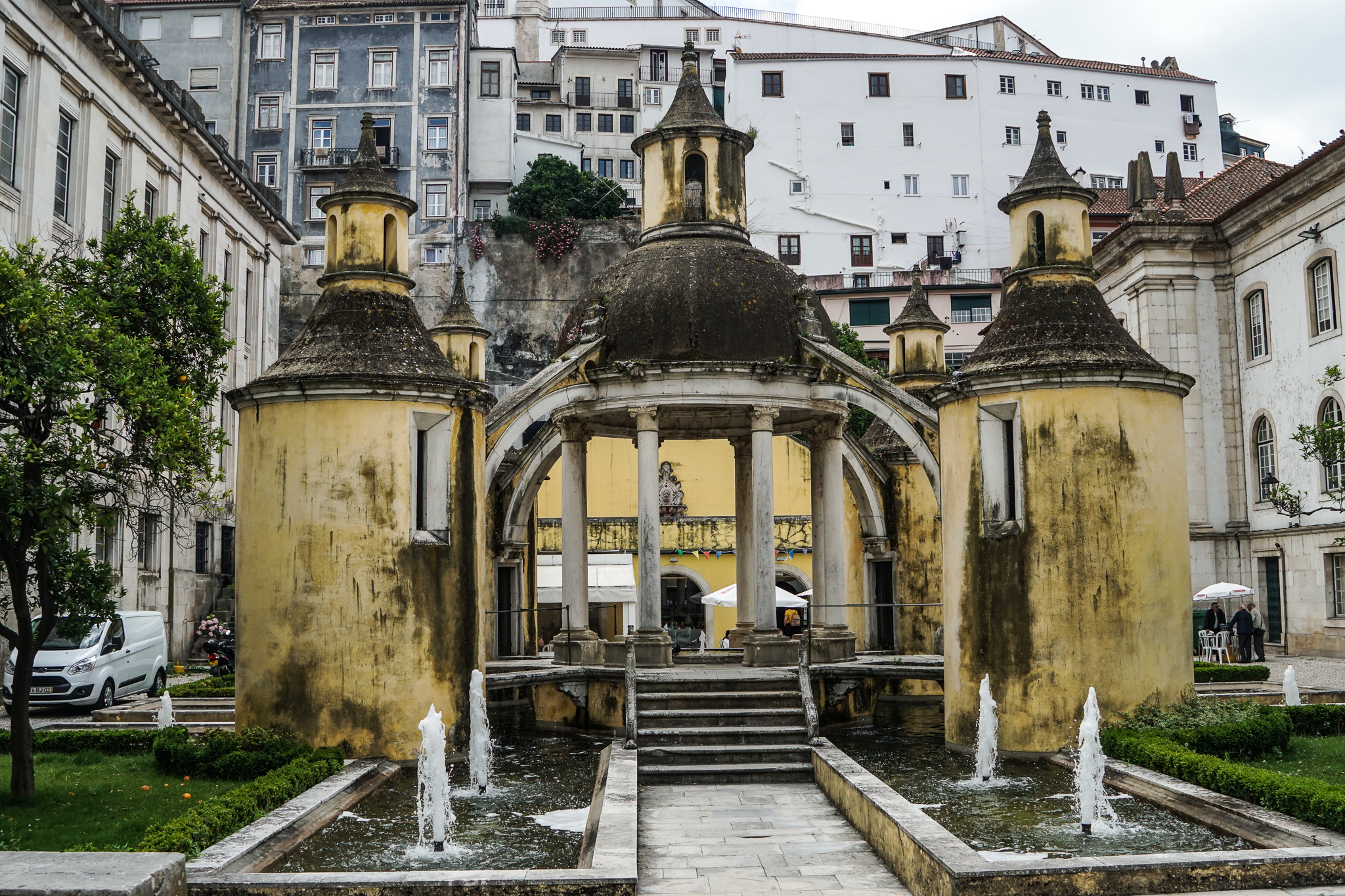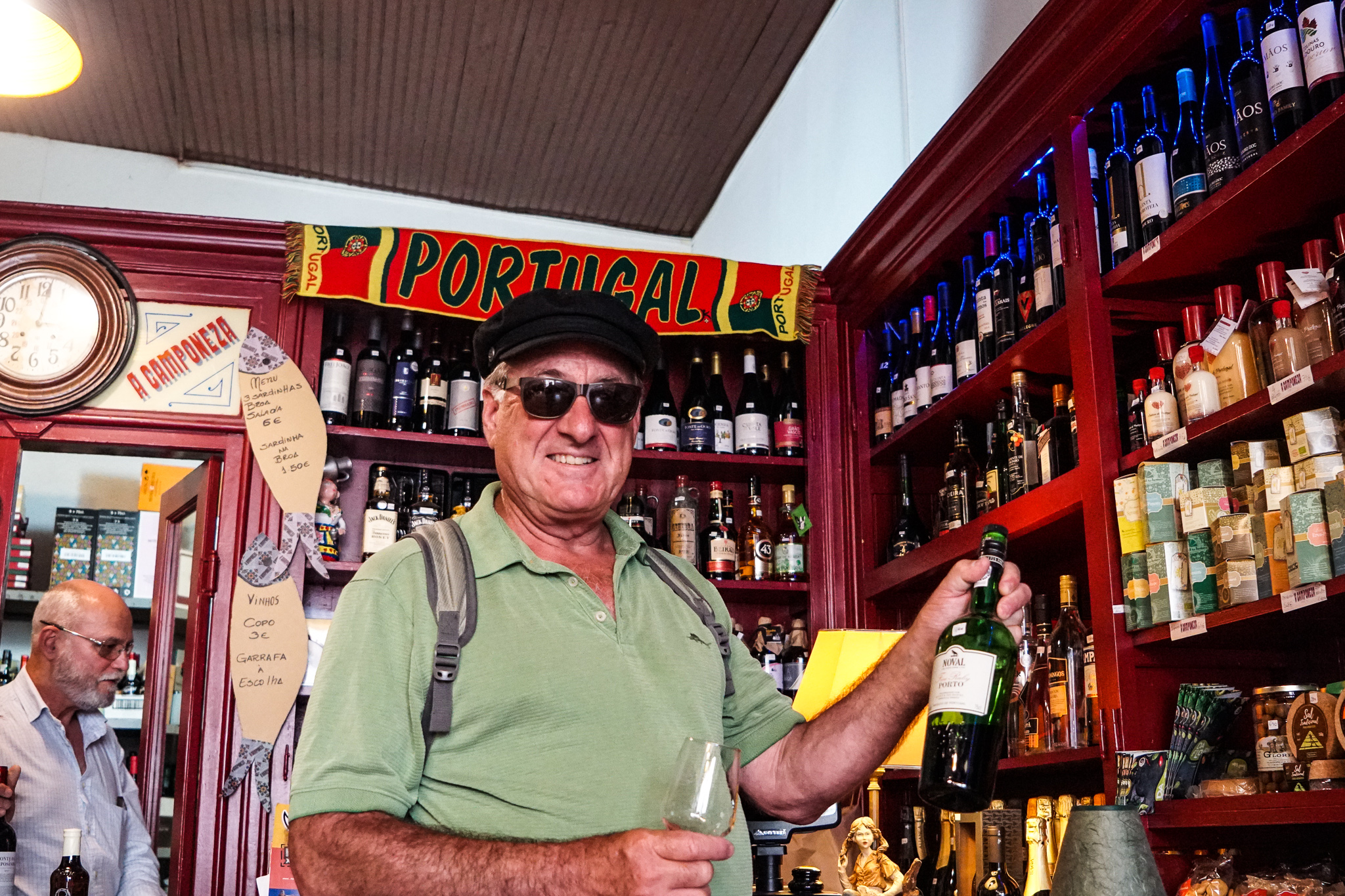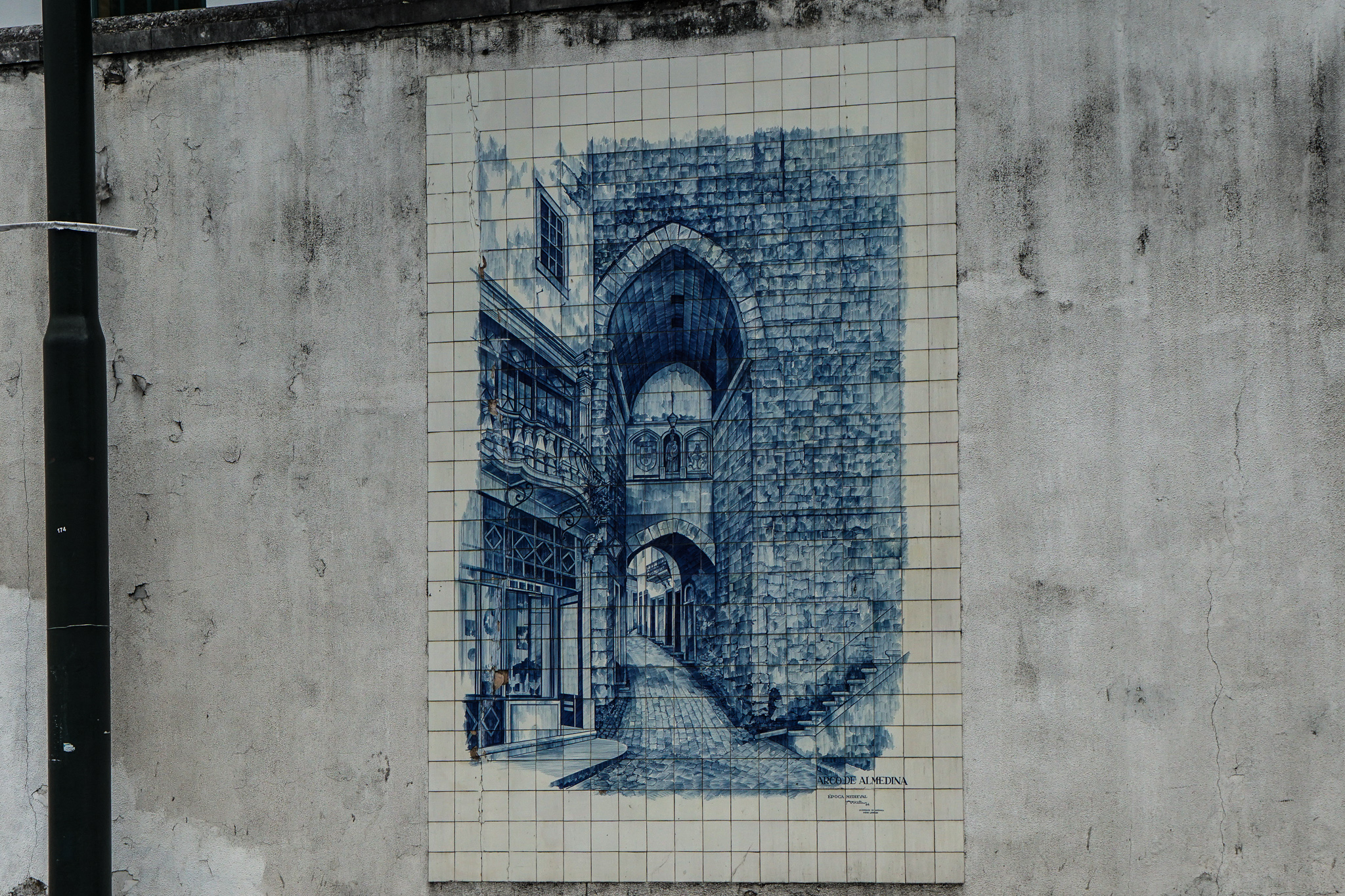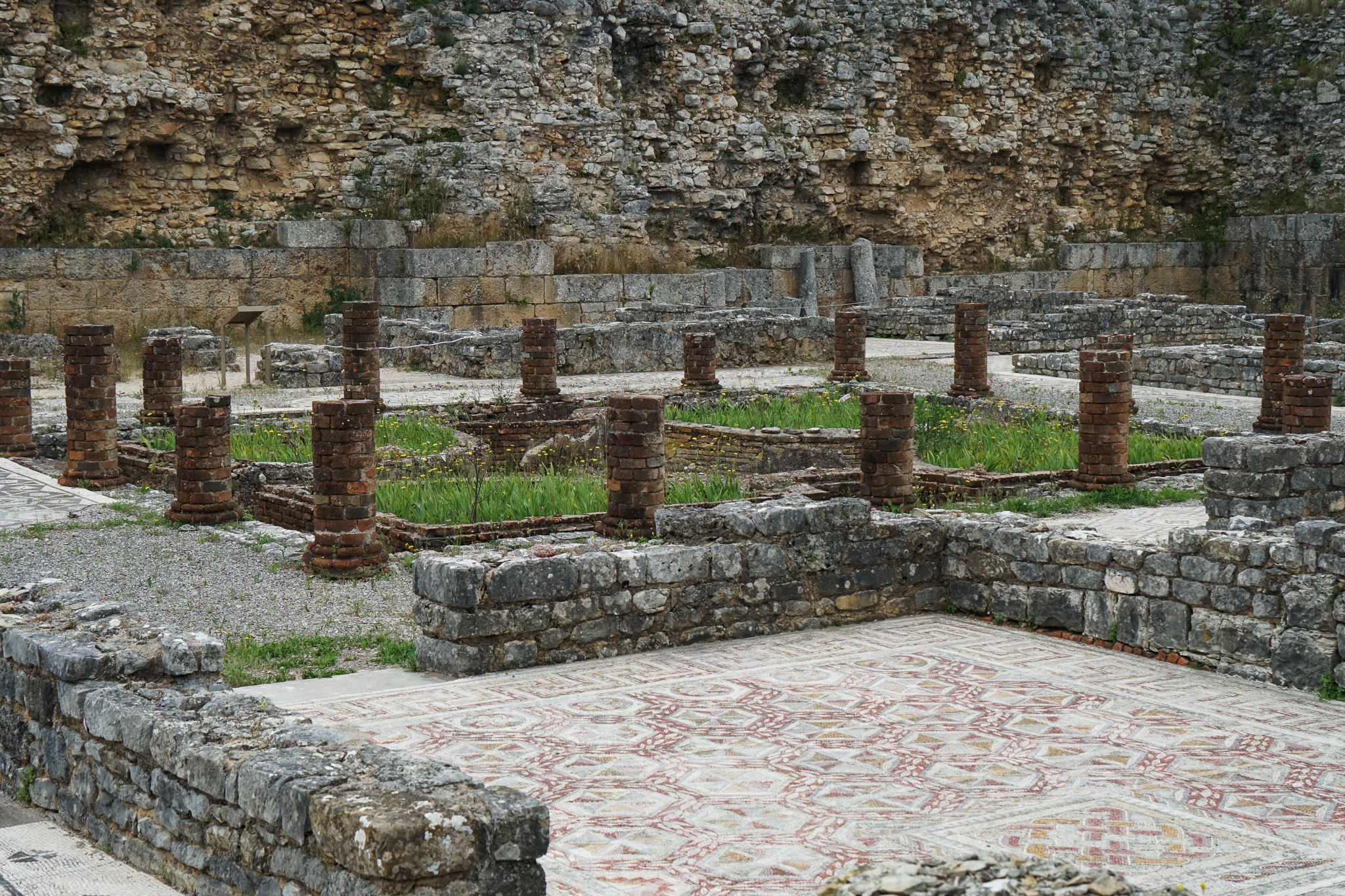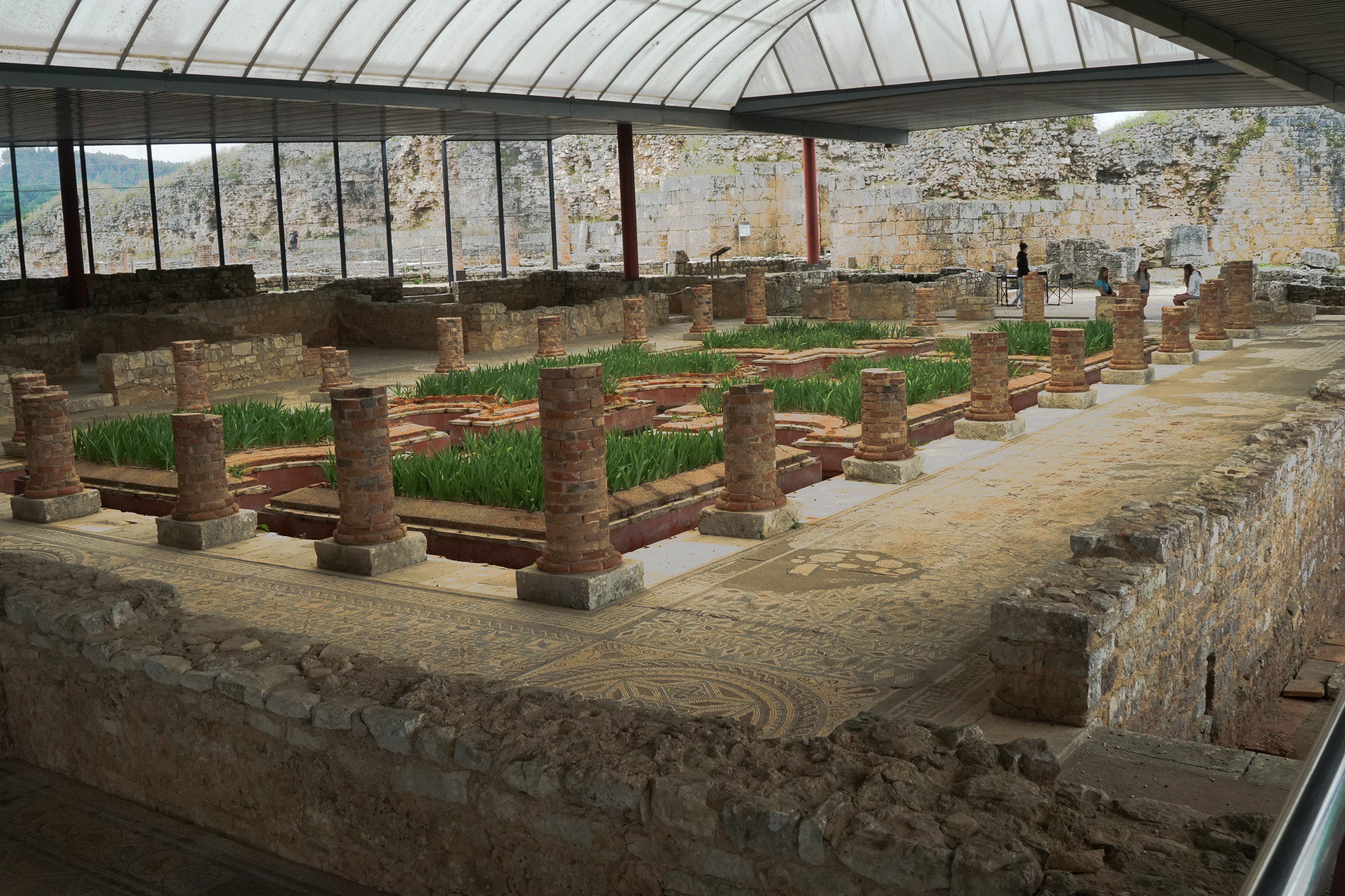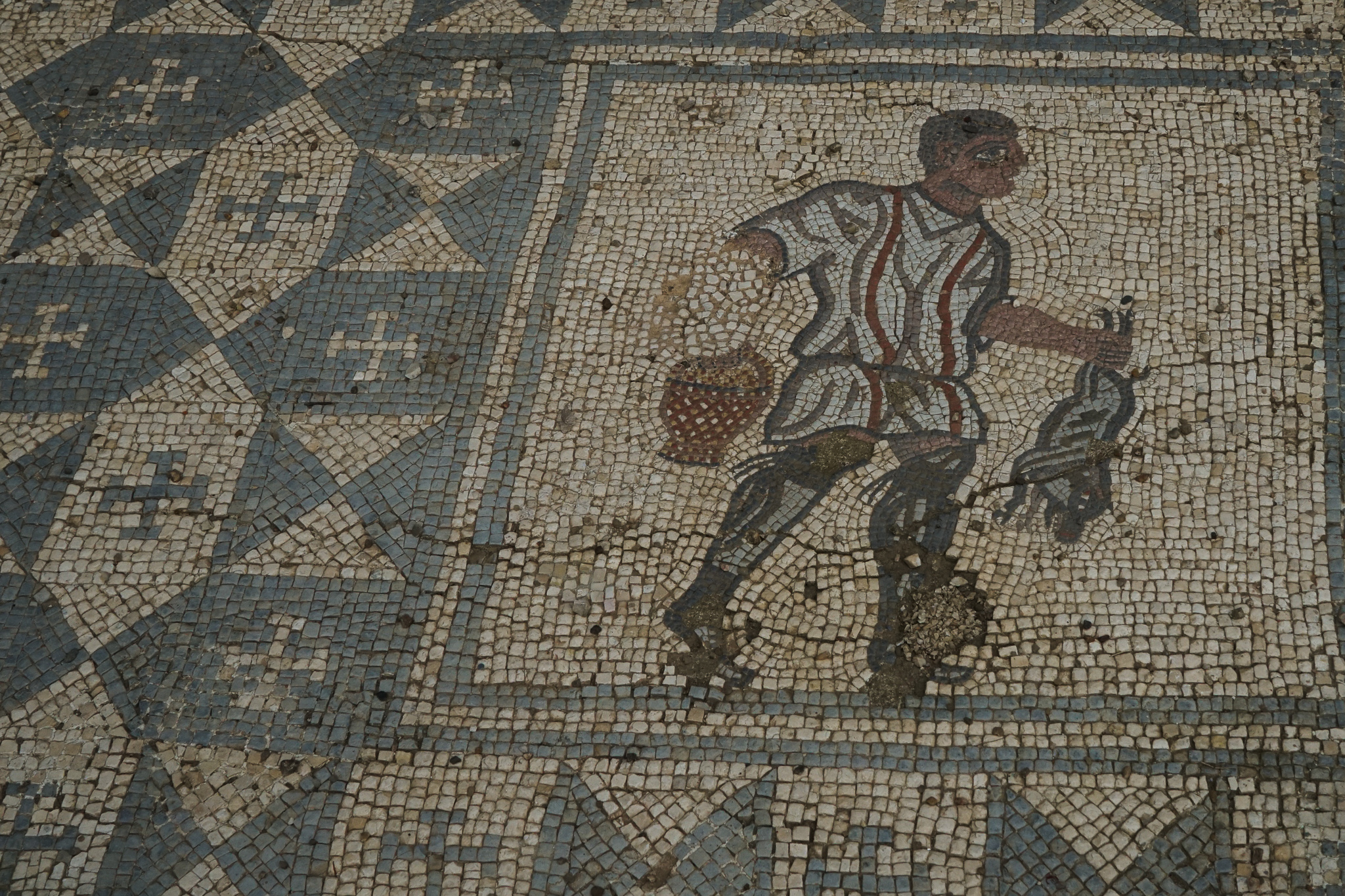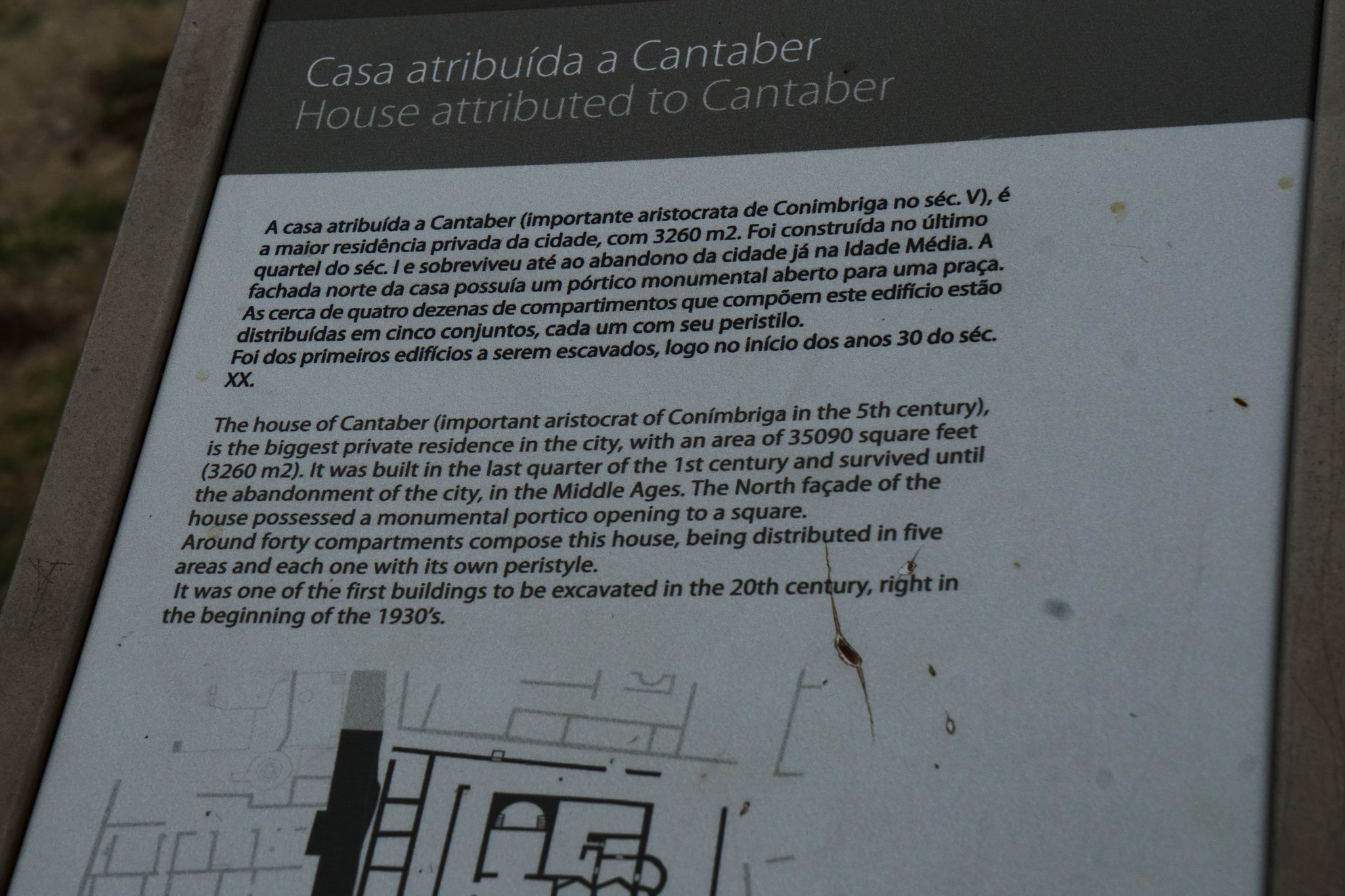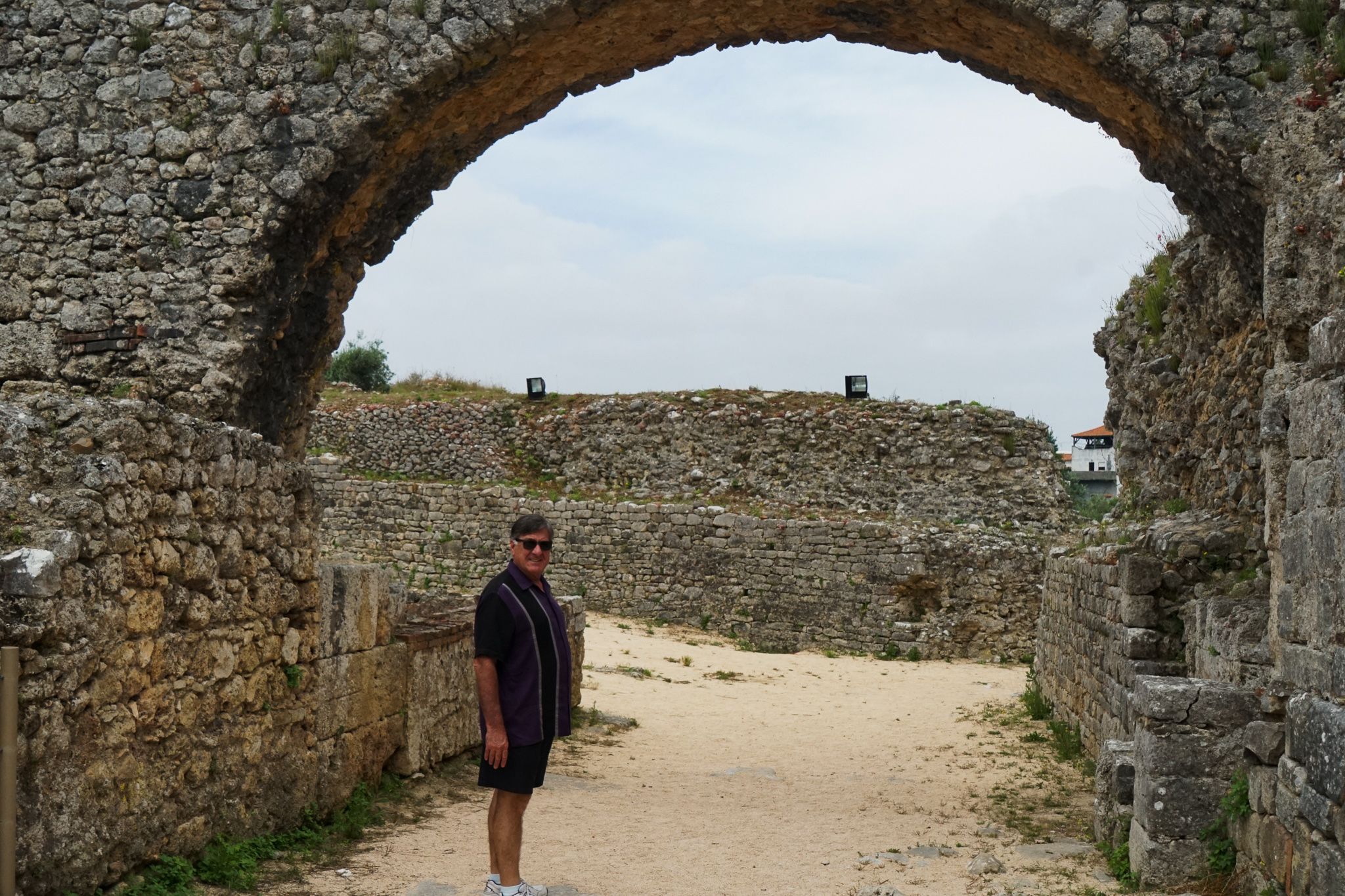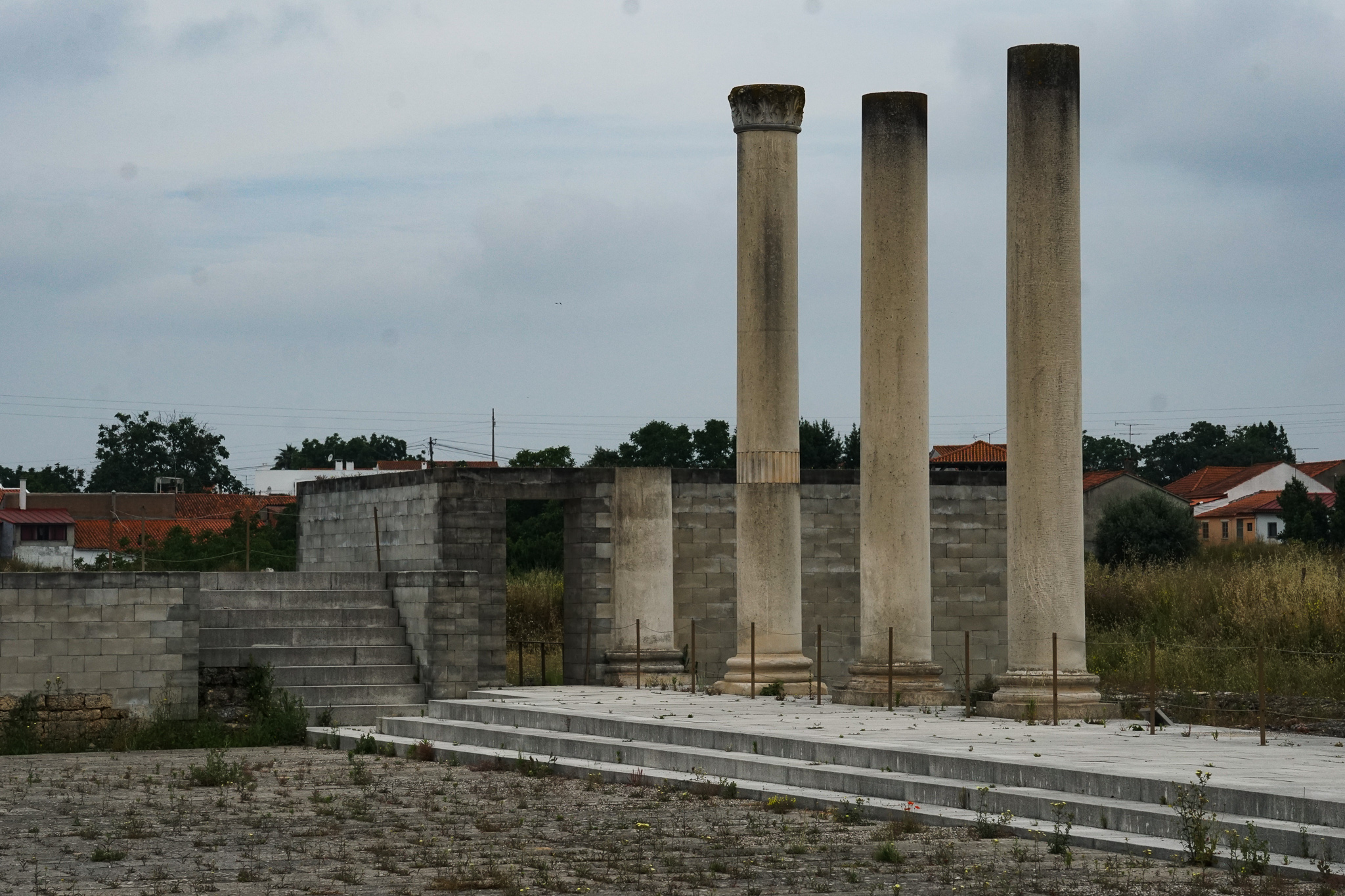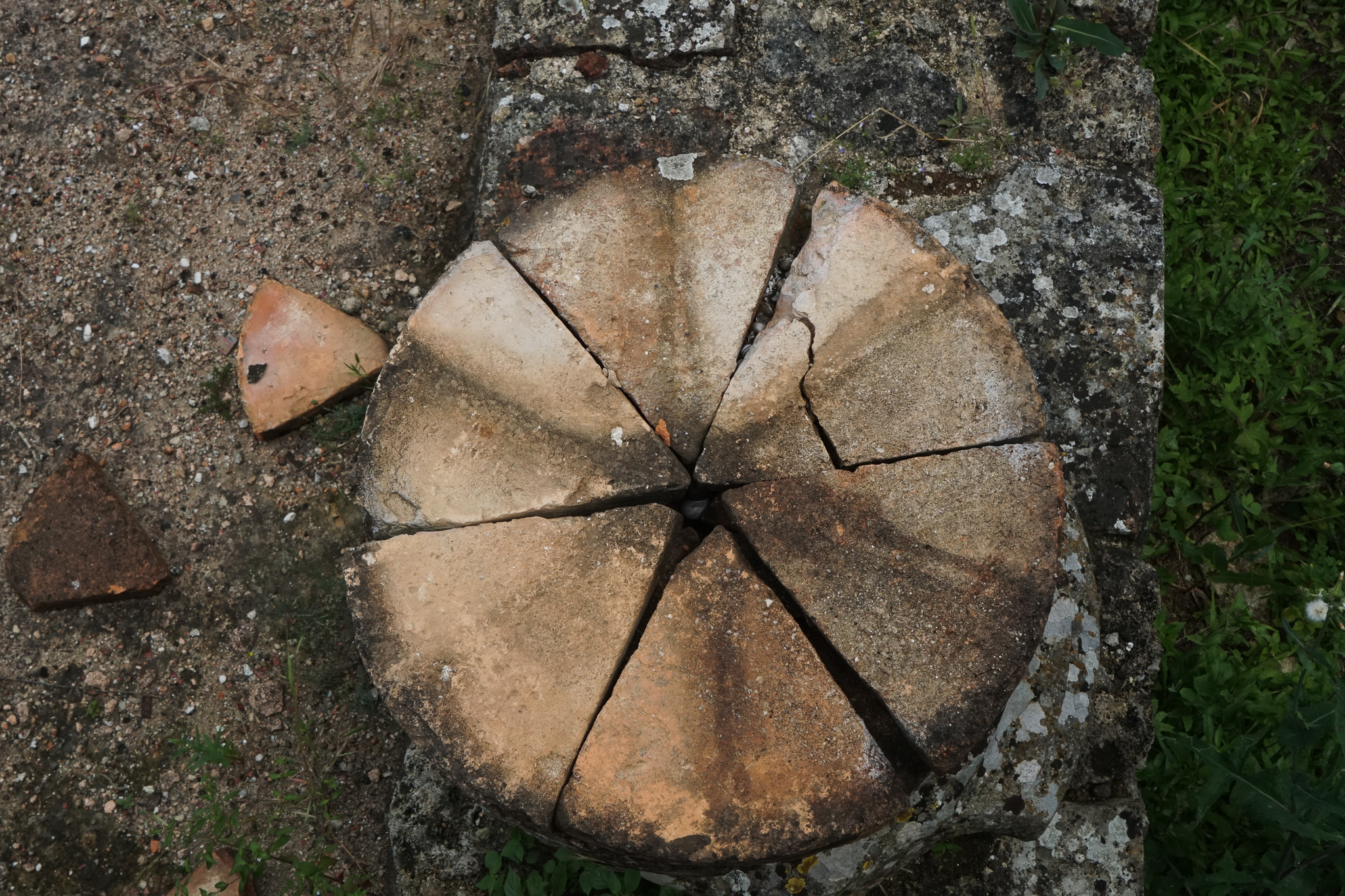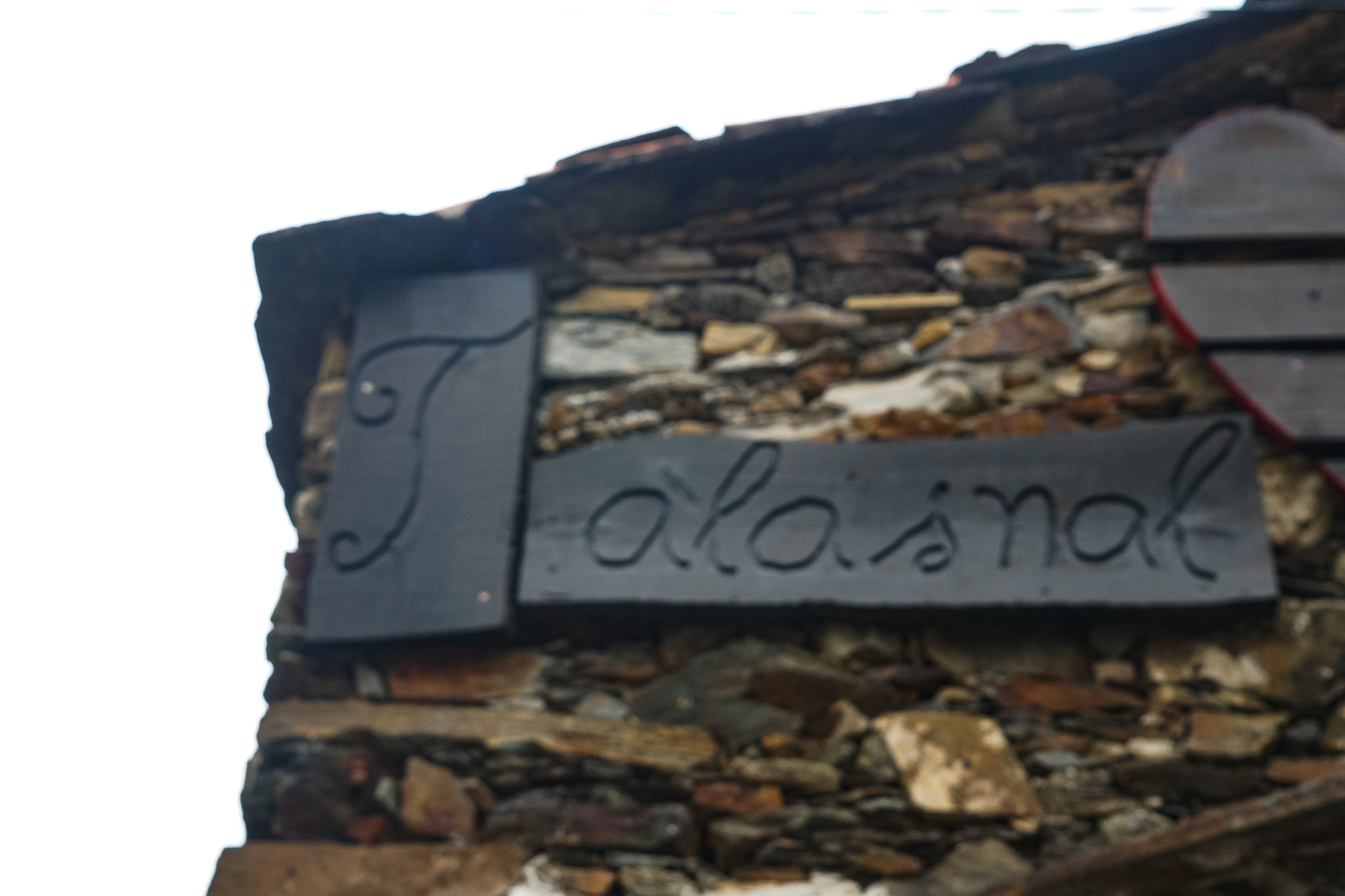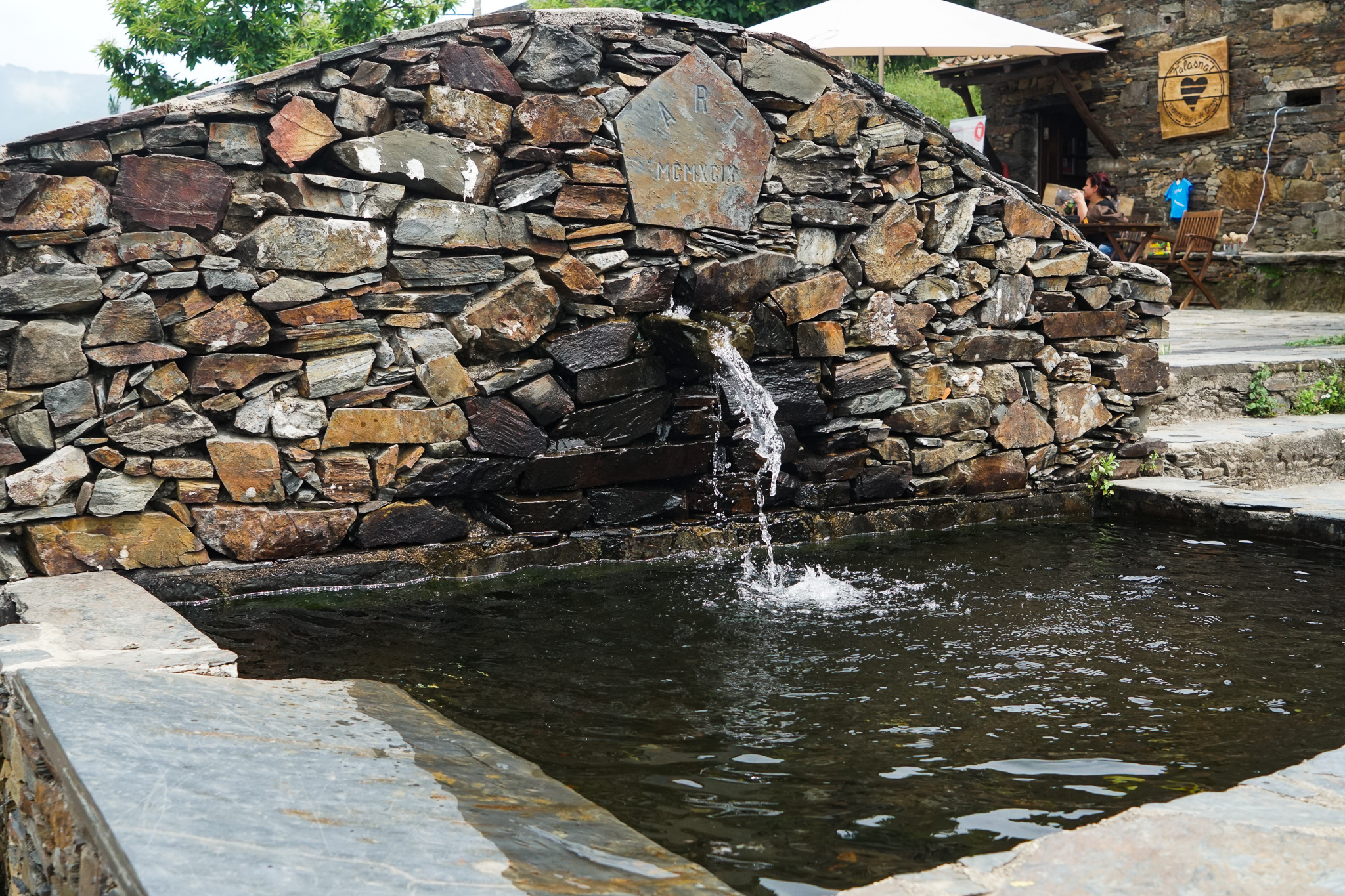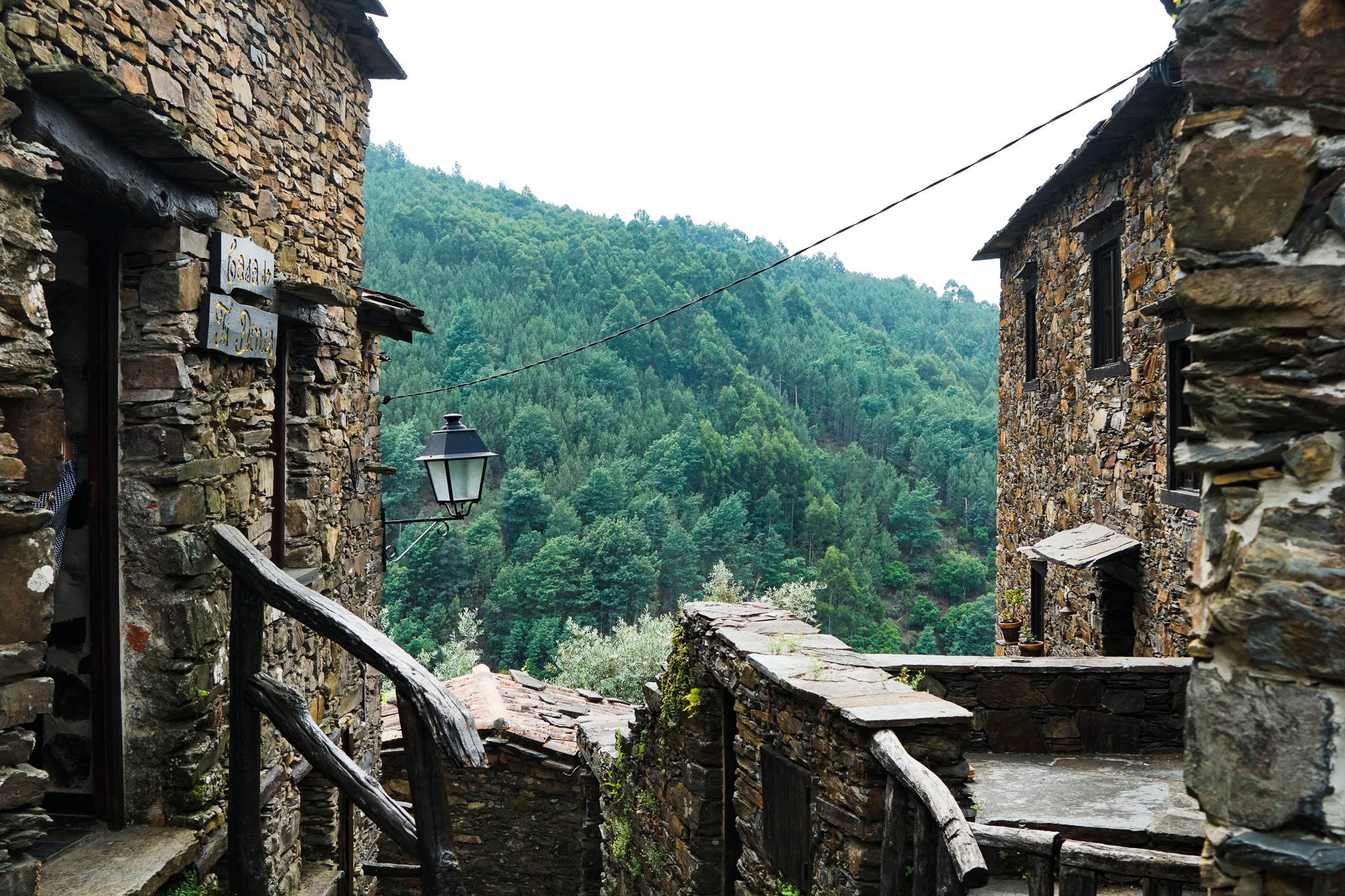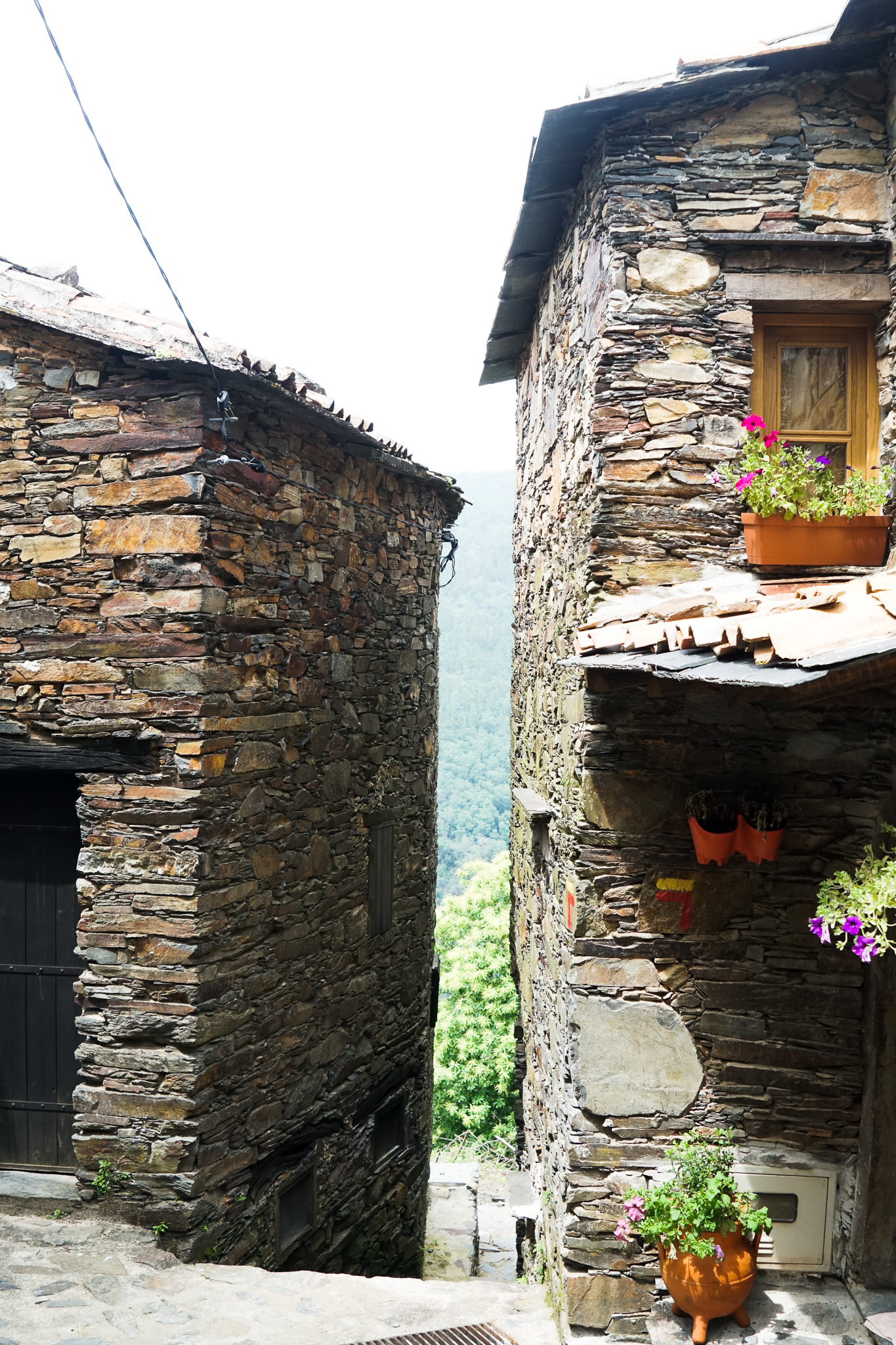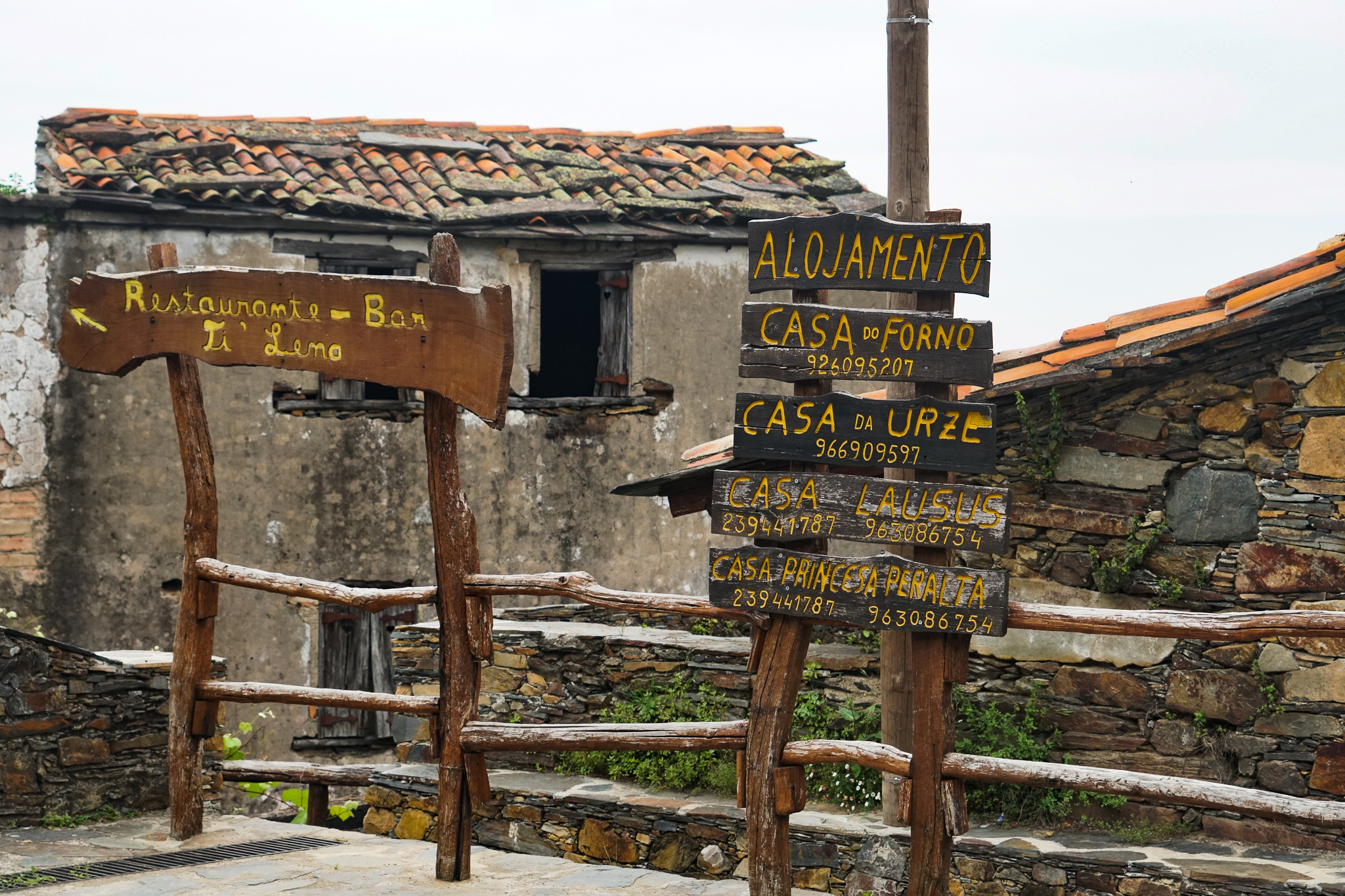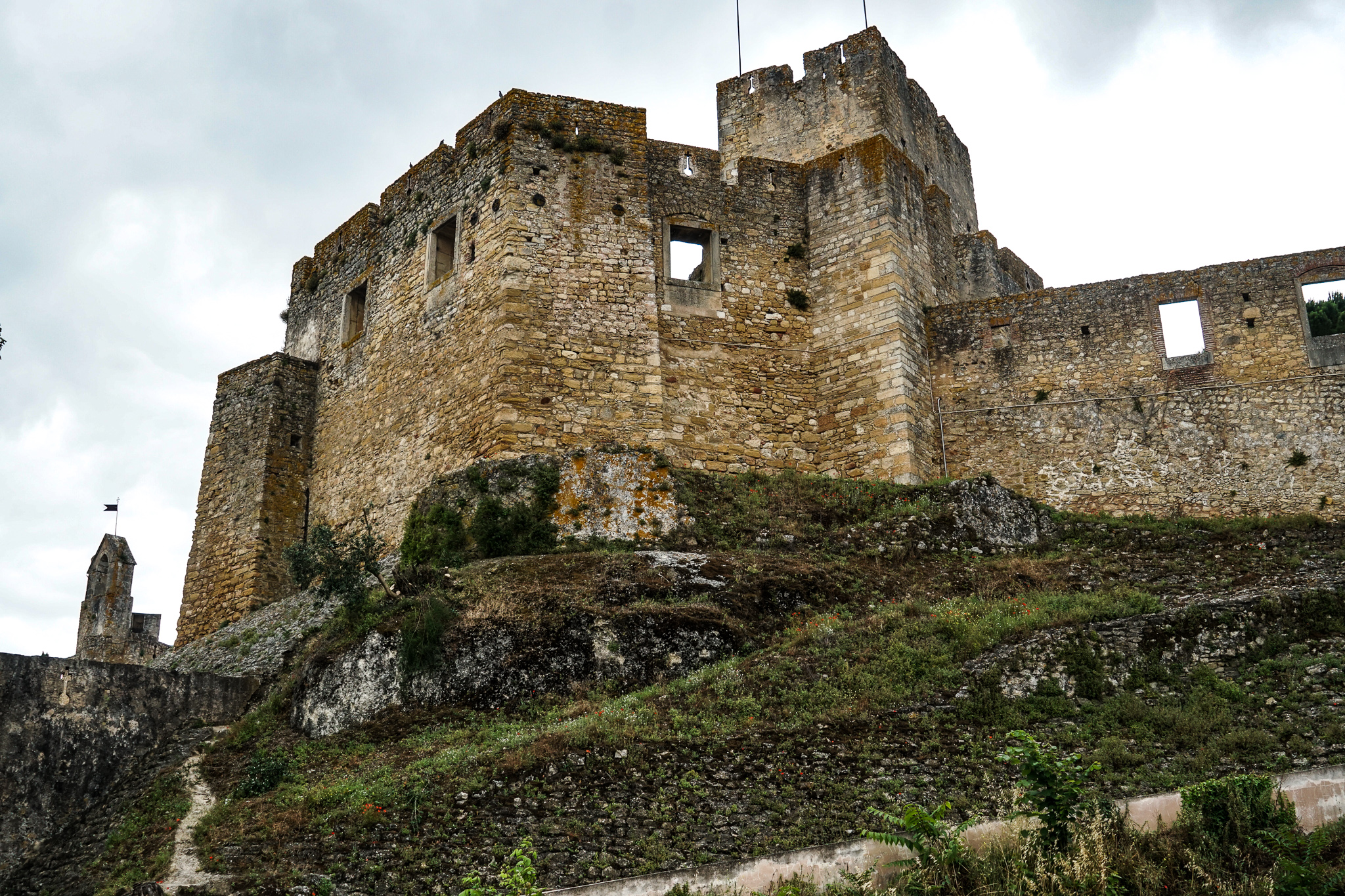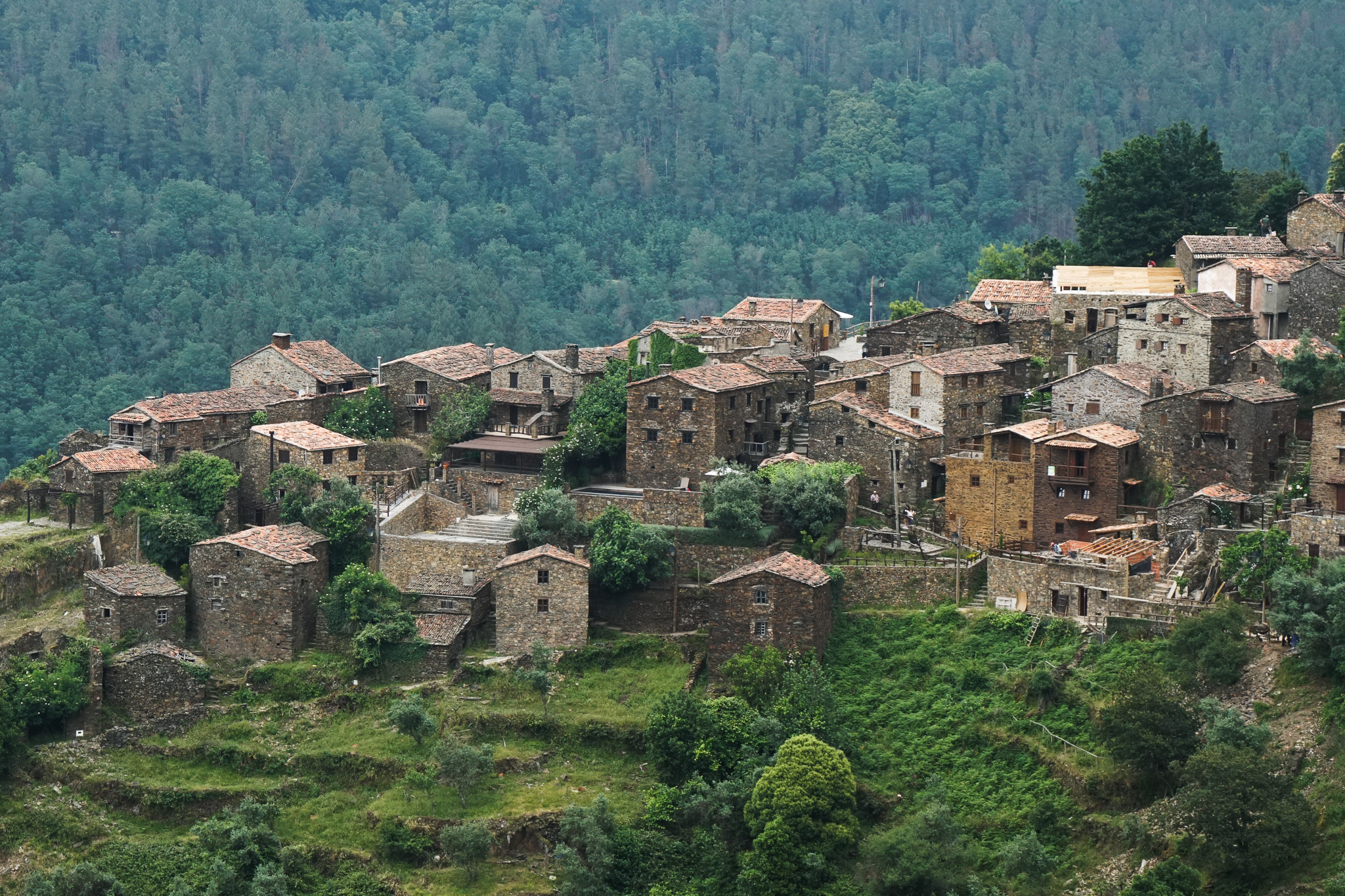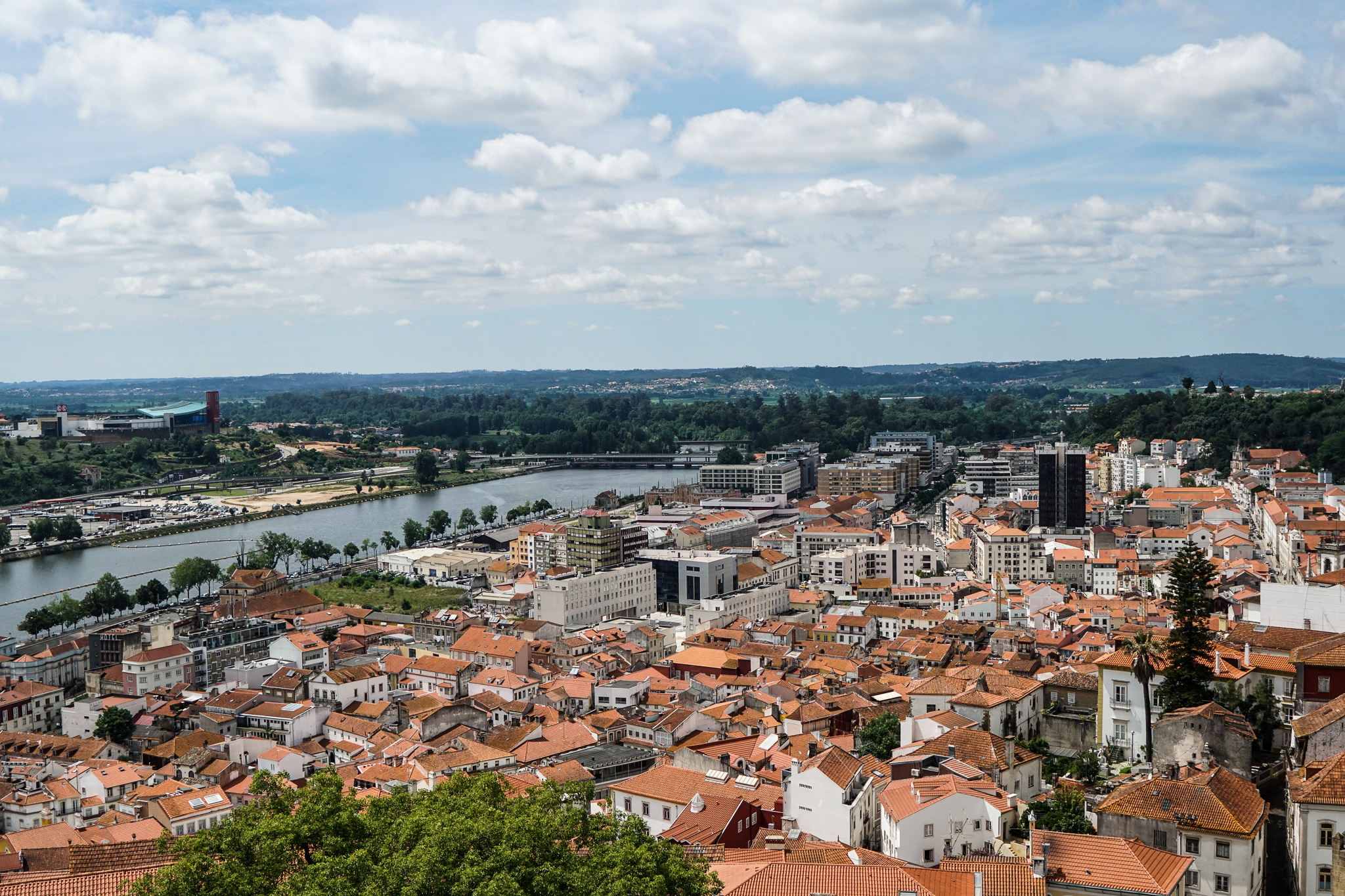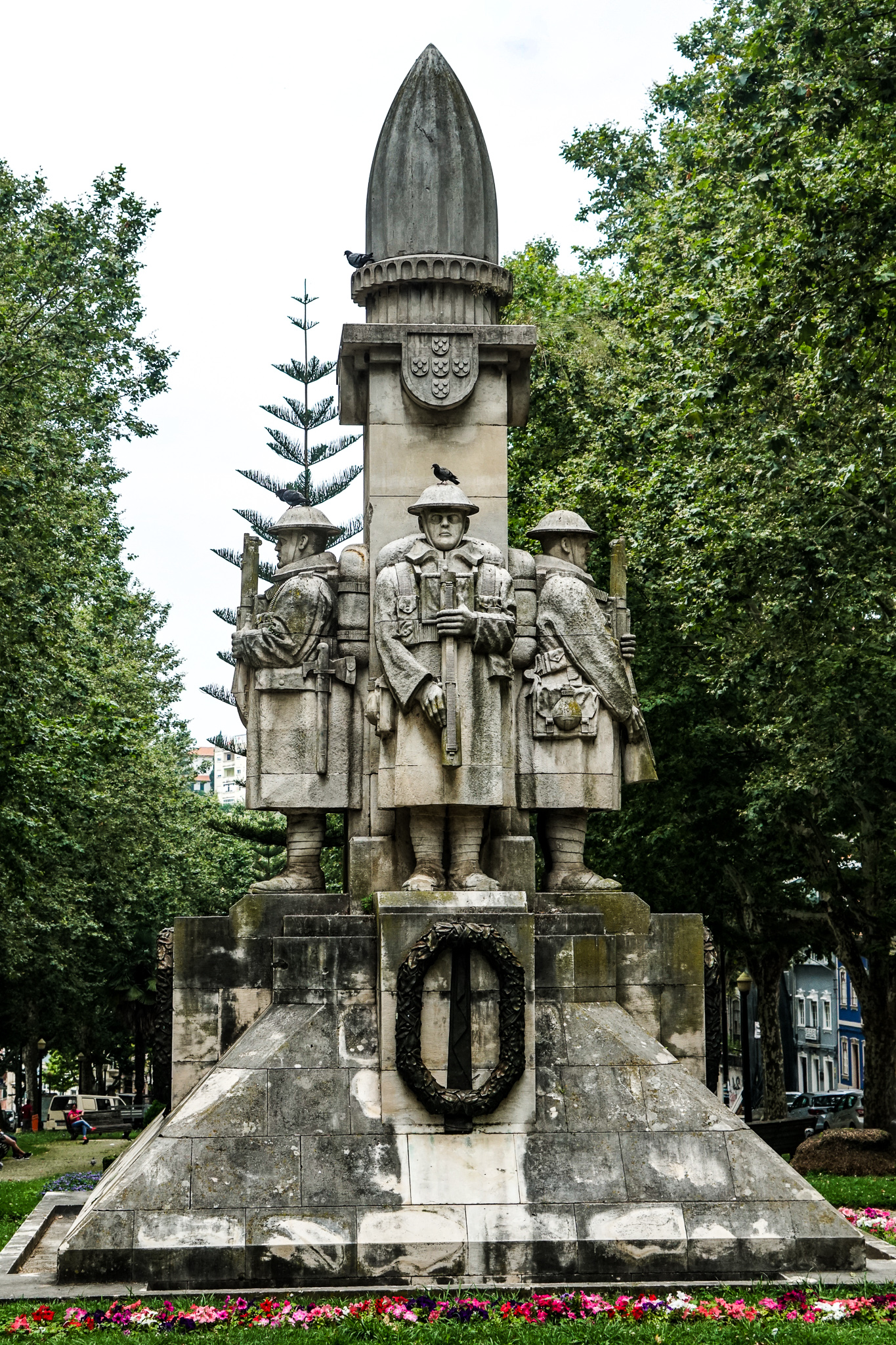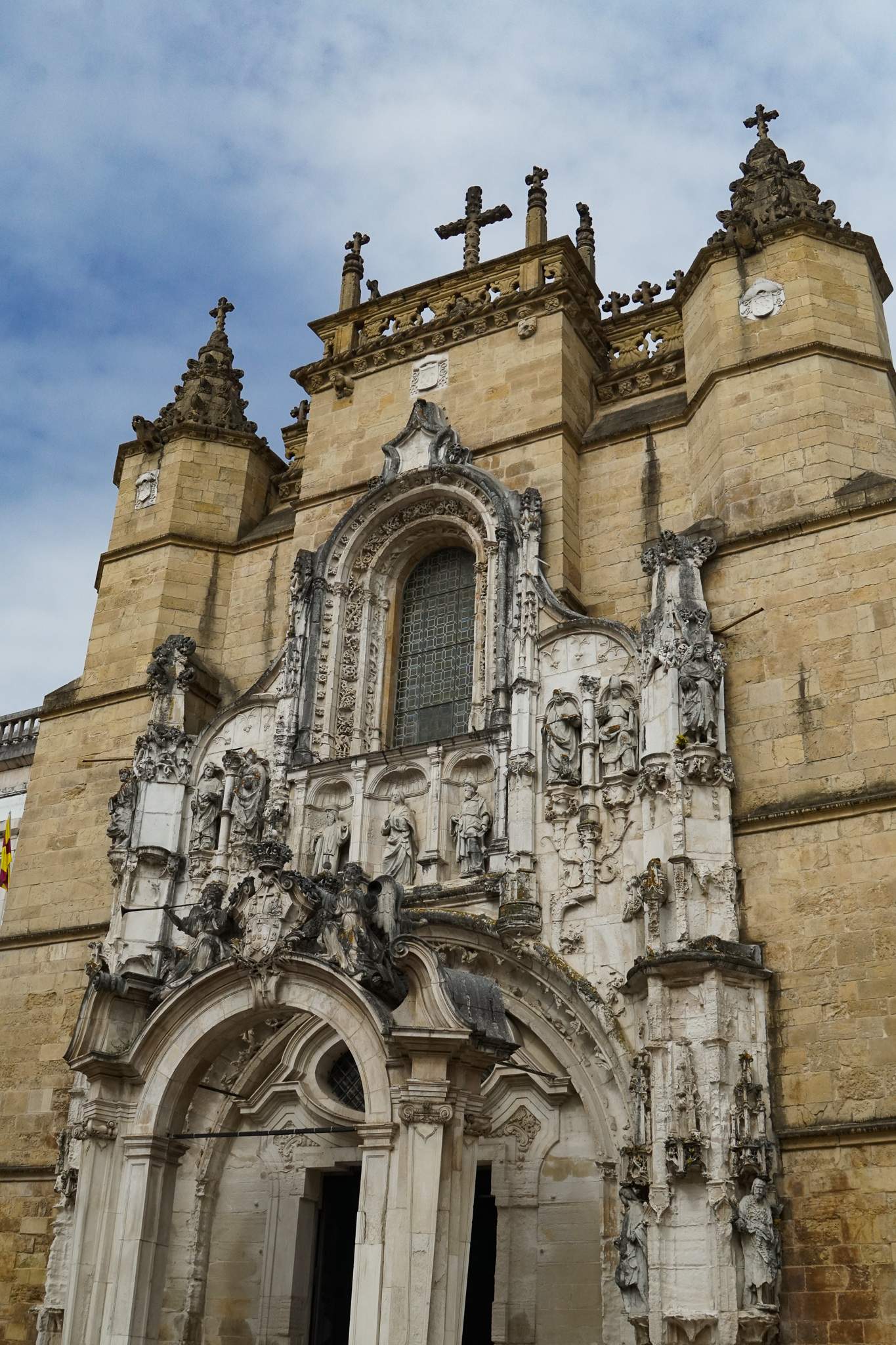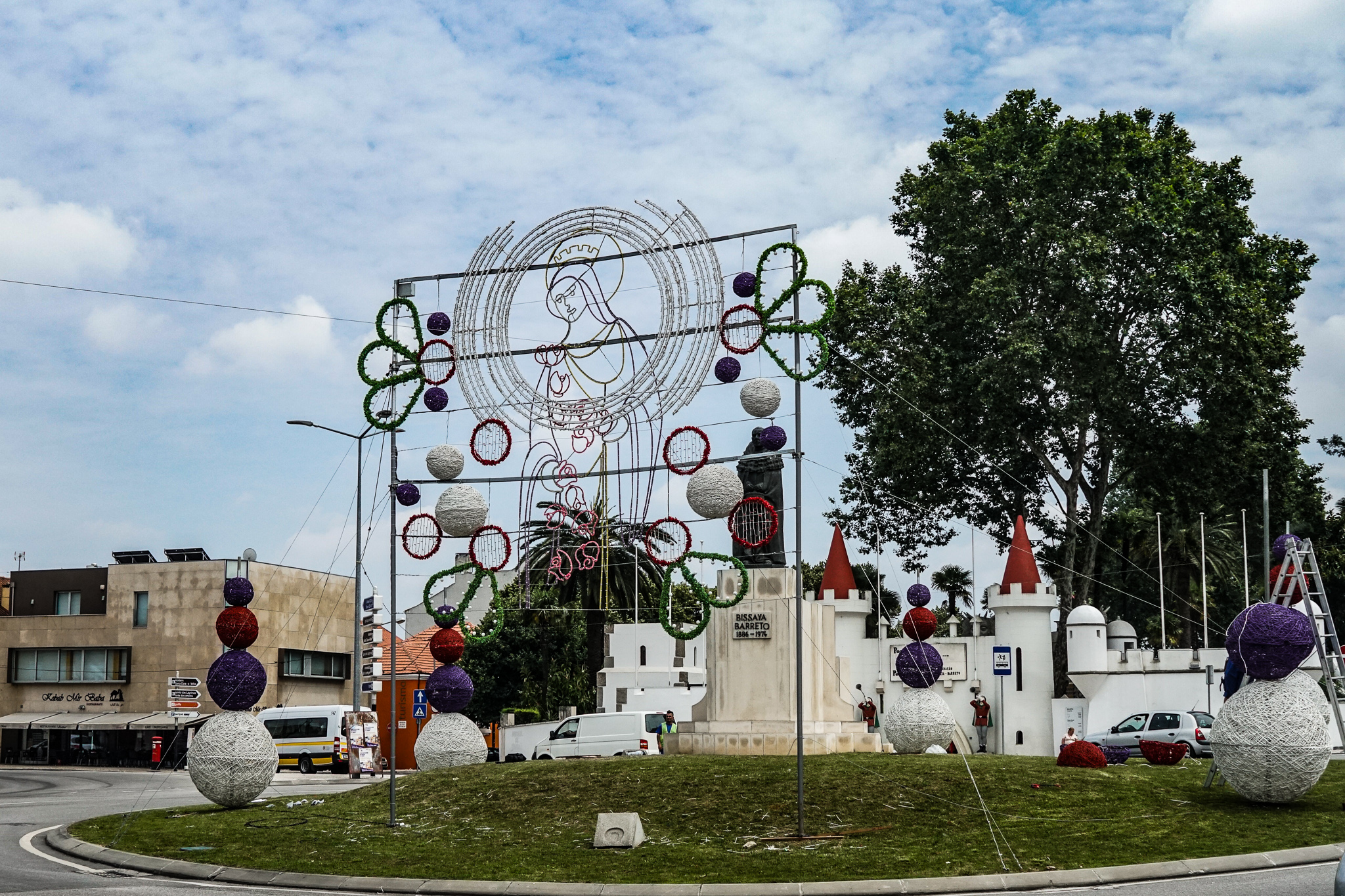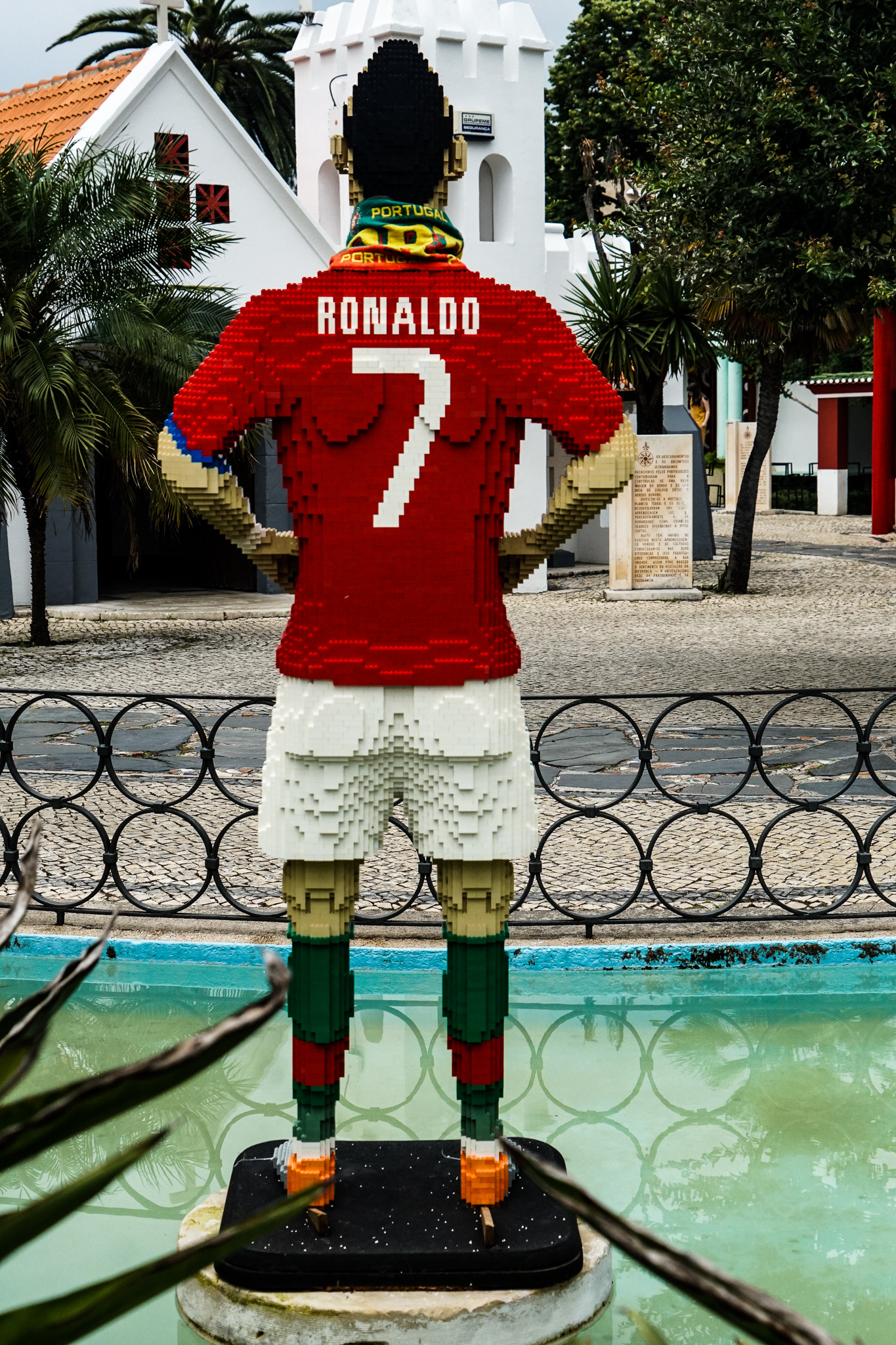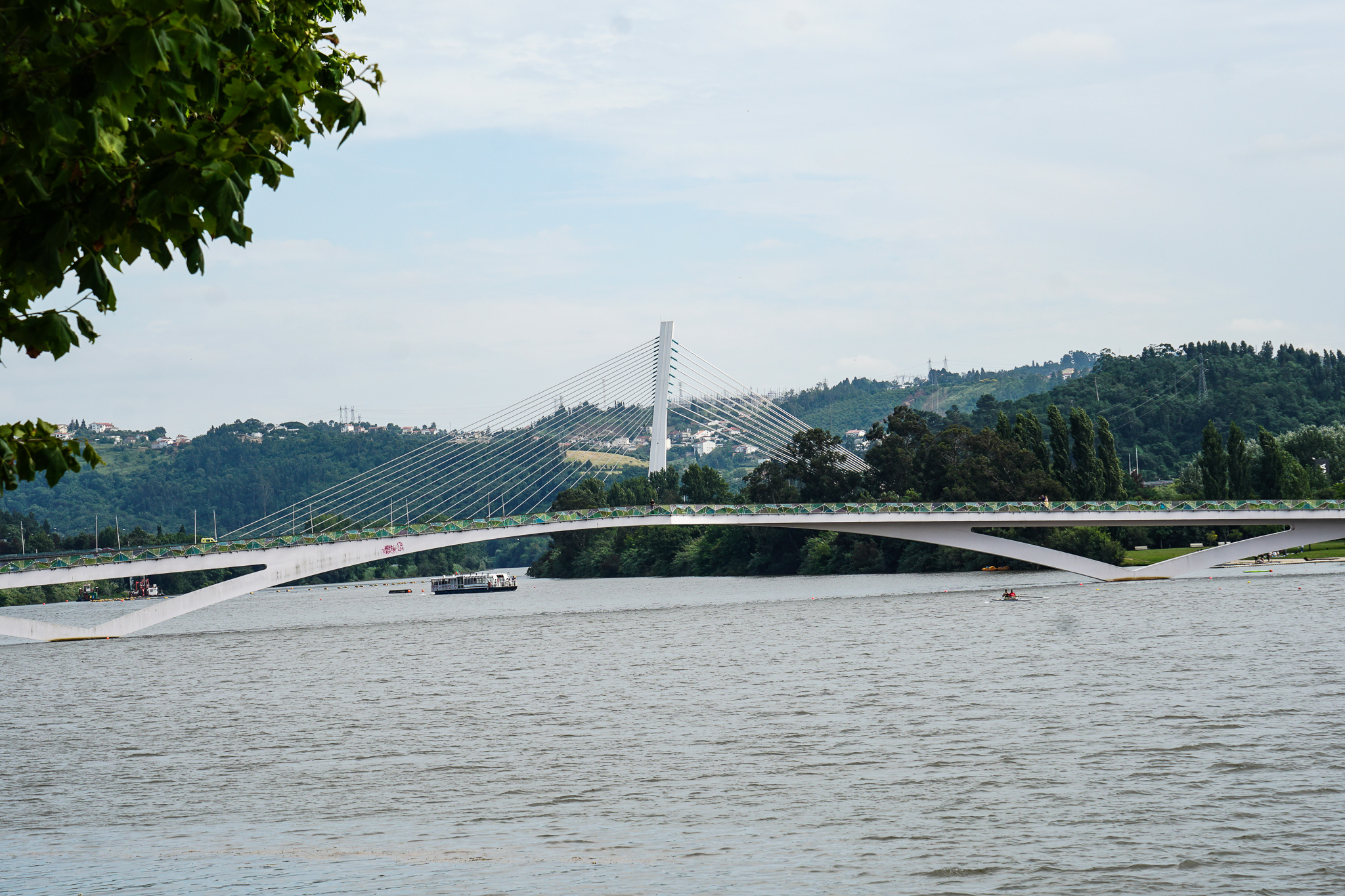Traveling through Portugal--Fatima, Coimbra and Conimbriga
Fatima
Departing Nazare, the sun finally shone again! We made our way to Fatima, one of the most important Catholic shrines in the world. In 1916, an angel and the Virgen Mary appeared to three children from the village of Fatima and eventually revealed to them three secrets. In 1981, Pope John Paul II, credited the Lady of Fatima for saving his life during an assassination attempt. Now, there is a great shine, a place for pilgrims to be received and spaces for prayer. Candles burn to offer up the prayers in a special place, where the wax is drained and used to make new candles. Paul experienced a deep feeling of peace when we visited.
Coimbra
Coimbra, an historic university town, offered us many more opportunities for climbing. As all of Portugal, Coimbra is a town built on and around hills.
Our first night, we planned to go to dinner at Ze Manel Dos Ossos a tiny “tasca” restaurant recommended by some people we had met. Putting the address into Google Maps, we proceeded to follow bee line directions to the restaurant. First, we traveled straight up 125 steps, then walked through the university, and back down another 125 rickety steps in the old part of town. We made it at 7:50--it opens at 7:30--to discover that there would be over an hour wait until dinner. Starving, we found another place, quite lovely, to dine. By the time we decided to return two days later, we had figured out that we could go around the university and save our legs. Just to finish this thought, Ze Manel was our favorite meal in Portugal. In fact, we ate there twice, arriving prior to 7:00 for the 7:30 seating. It seems that they actually open when the food is ready! With only about 7 tables, it is tiny. But the portions served are generous and deliver great flavor. The wild boar stew tickled our taste buds with deliciousness on our first night. The goat stew impressed on the second visit as well. Wine is either red or white, bread is homemade, rice and beans accompany the hot dishes. The owner, who waits on the tables, is quite a character. Just go early, eat heartily and be entertained.
We did more than eat at Ze Manel while we were in Coimbra. We explored the famous University of Coimbra, one of the oldest universities in the world, with beautiful 16-18th century architecture. We visited the amazing library that requires a ticket, home to more than 60,000 volumes of law, literature and science. We also visited the extraordinary Museu Nacional de Machado de Castro. It's built over the Roman forum, the remains of which can be seen in the museum. Part of the visit takes you down to the vaulted, spooky and immensely atmospheric galleries of the cryptoportico that allowed the forum to be level on such a hilly site. The artistic collection is wide-ranging and superb.
A large, fairly flat pedestrian area hosts shops and restaurants. Paul, on the hunt to buy port wine, discovered a small shop on one of these streets--A Camponeza. The proprietor offered us tastings of several ports, as well as a few wines. This was typical of the Portuguese people we met--consistently friendly, helpful and kind. Many Portuguese speak at least a little, if not a lot, of English. I was able to practice my limited Portuguese and gain confidence in my ability to speak the language. Paul loved Portugal, he always felt welcome. It was friendlier and warmer on the streets than in Spain.
Conimbriga
On a day trip, we drove to Conimbriga where we saw the most fantastic Roman ruins of our three month Iberian exploration. The Roman city, built over Celtic ruins, remained occupied through the middle of the fifth century AD. We saw the remains of homes, muraled floors, the baths and more.
After spending several hours exploring the ruins, we then headed up the mountain to Talasnal, a tiny schist village clinging to the side of the mountain. Talasnal proved to be quite a contrast to the days earlier Roman exploration. Built of schist rock, the dark homes look medieval and enchanting. We wandered the narrow streets, discovered the mill and found the only restaurant in this romantic hideaway, Ti Lena, we had the choice of "pig or goat." Perched on the balcony, we downed the cabrito stew, which proved to be hearty and delicious, as wonderful as our meal at Ze Manel.
Coimbra
Back in Coimbra, we visited the ruins of Santa Clara a Velha, the first Santa Clara monastery. Due to its proximity to the Mondego river which caused frequent flooding, it was abandoned when the new Santa Clara was constructed. It was on the way to one of the cheesiest experiences of our journey, Portugal dos Pequenitos, or Portugal for the Children. It consists of downsized versions of Portuguese monuments as well as tributes to former Portuguese colonies. We were the only people there without children. Take your children or your grandchildren, just don’t go without a child in tow. We lunched at Fangas, another referral, delicious food and no tourists, except us.
Coimbra, in our opinion, is a must see, definitely more than a two hour stop, which it is on many tours. The location on the river, the colorful houses, the hilly streets—all combined for a great visit. Next stop, Porto. See you there.

